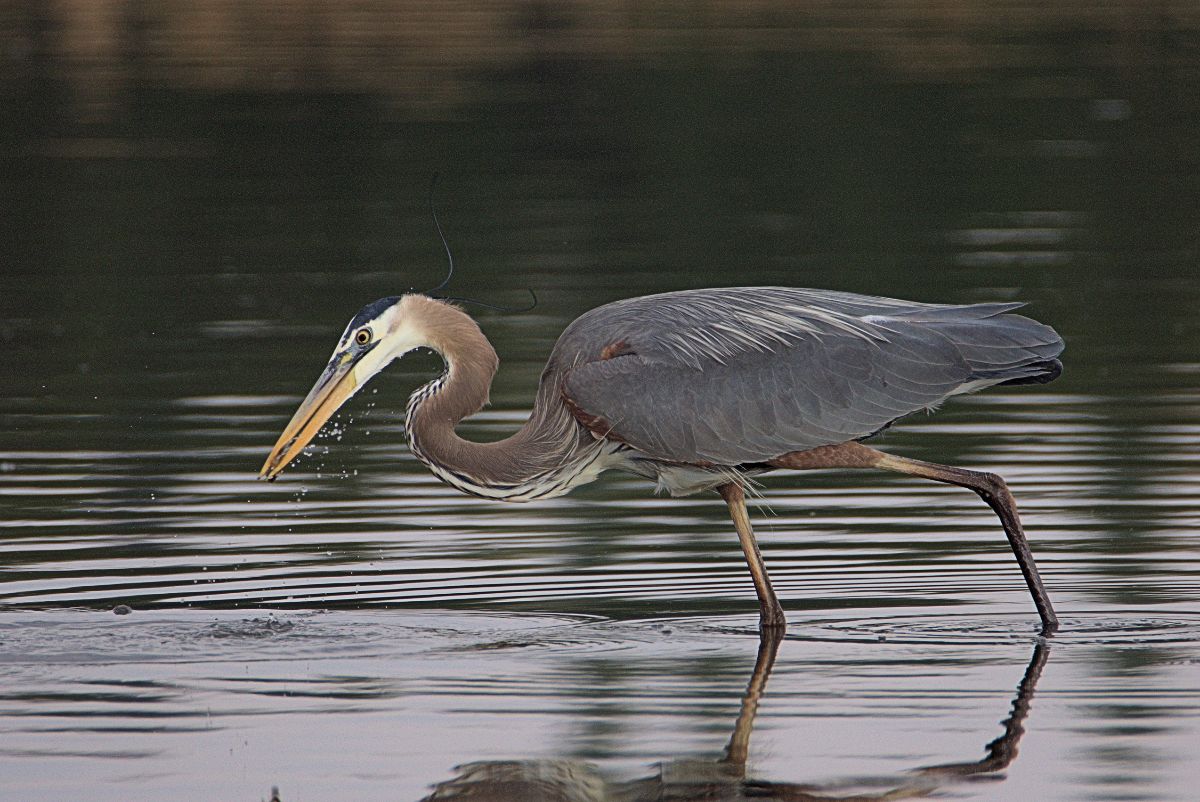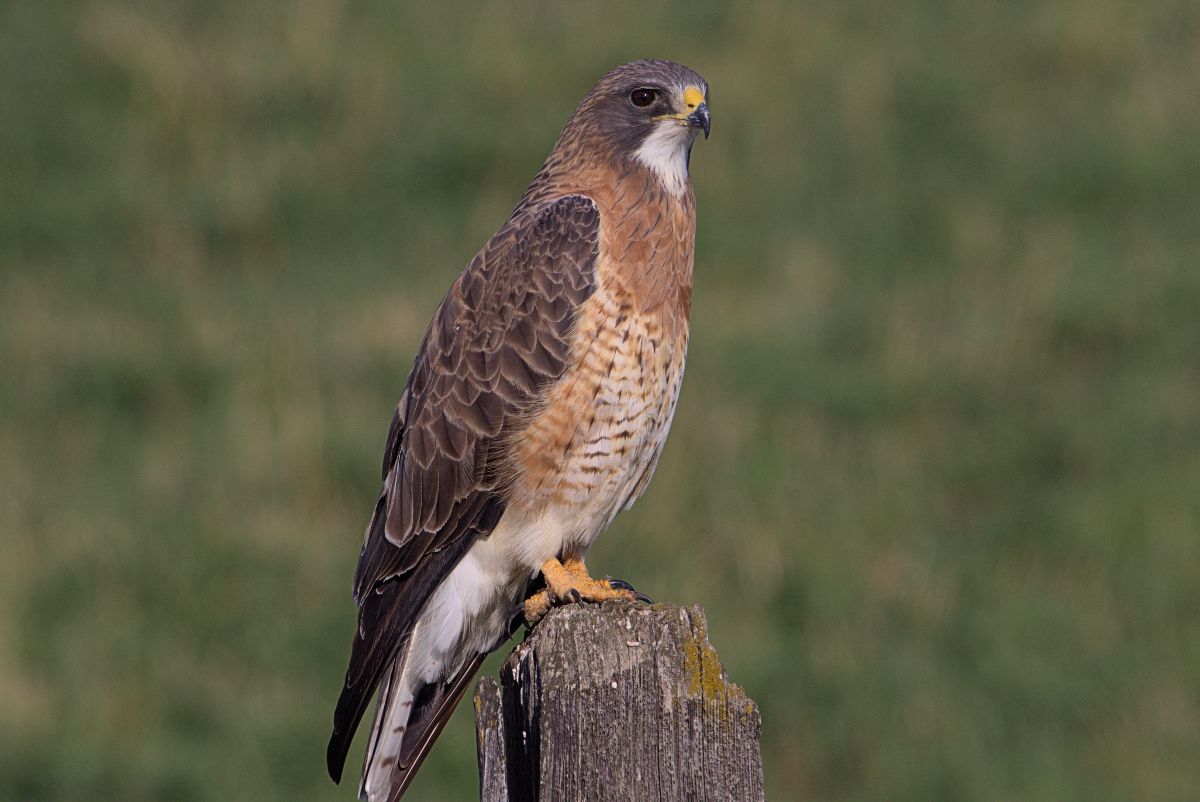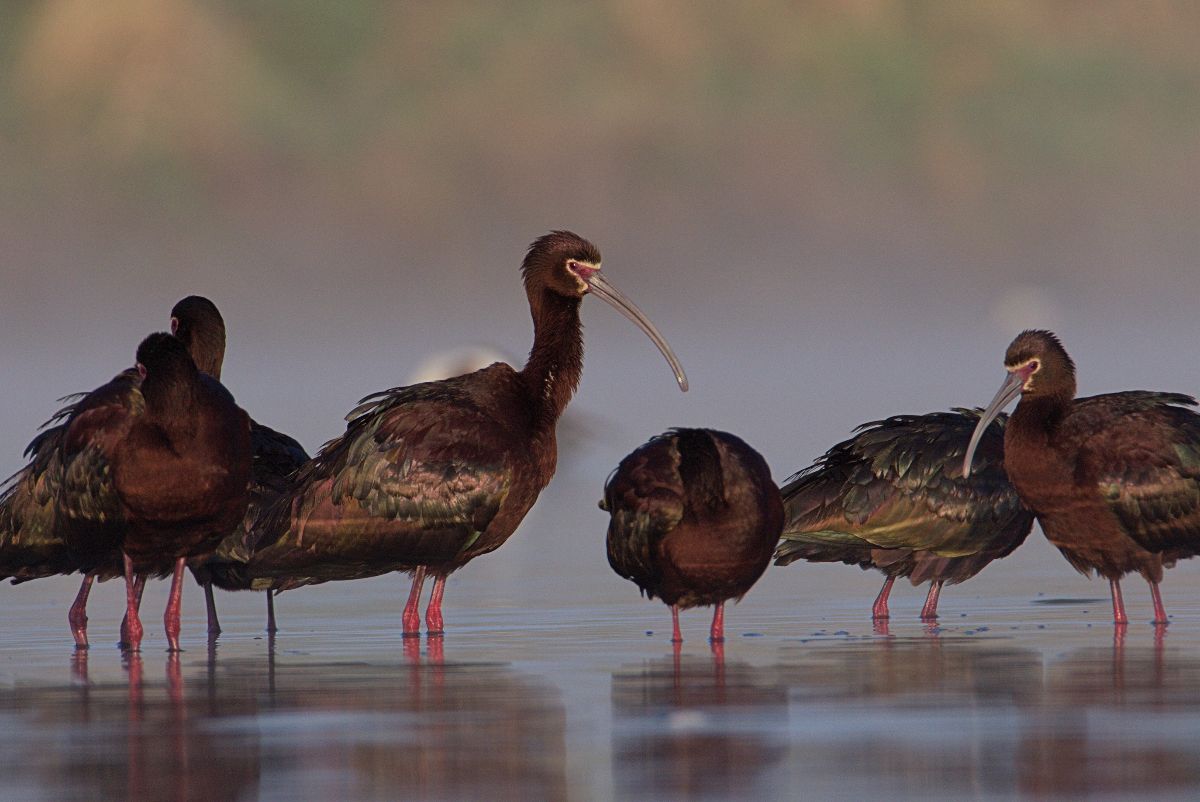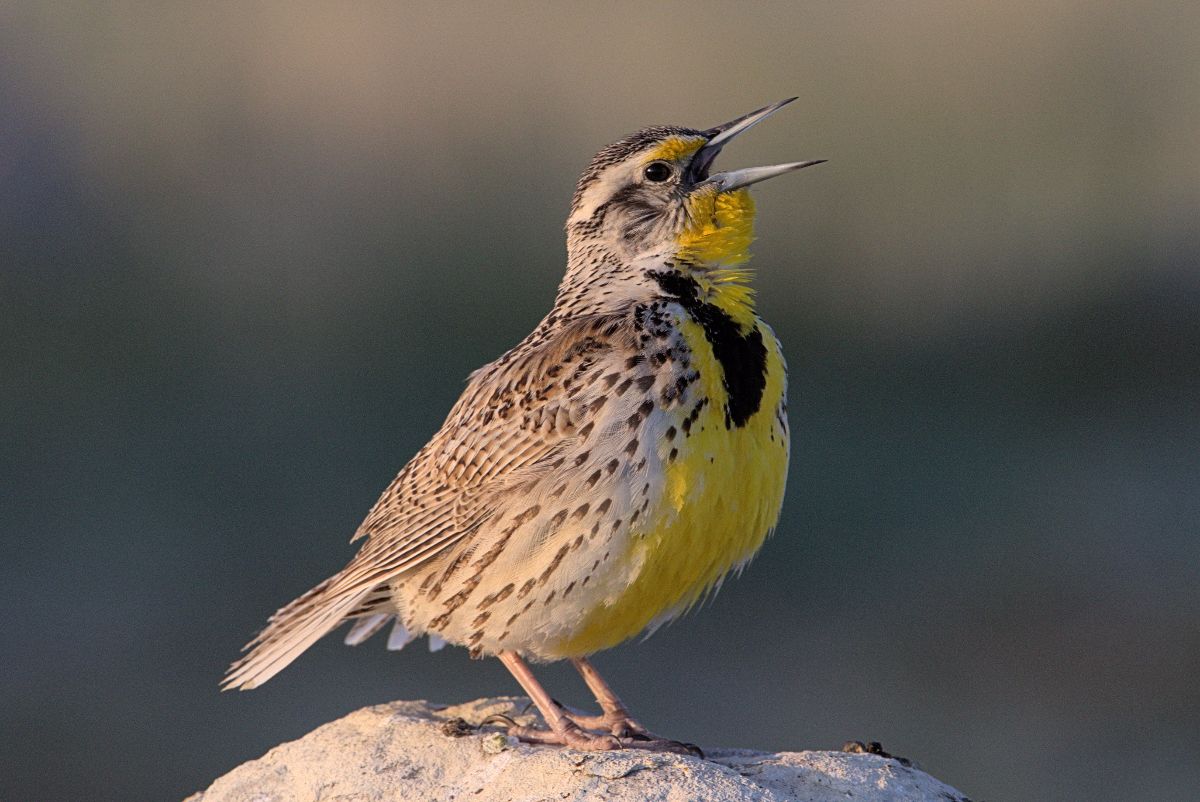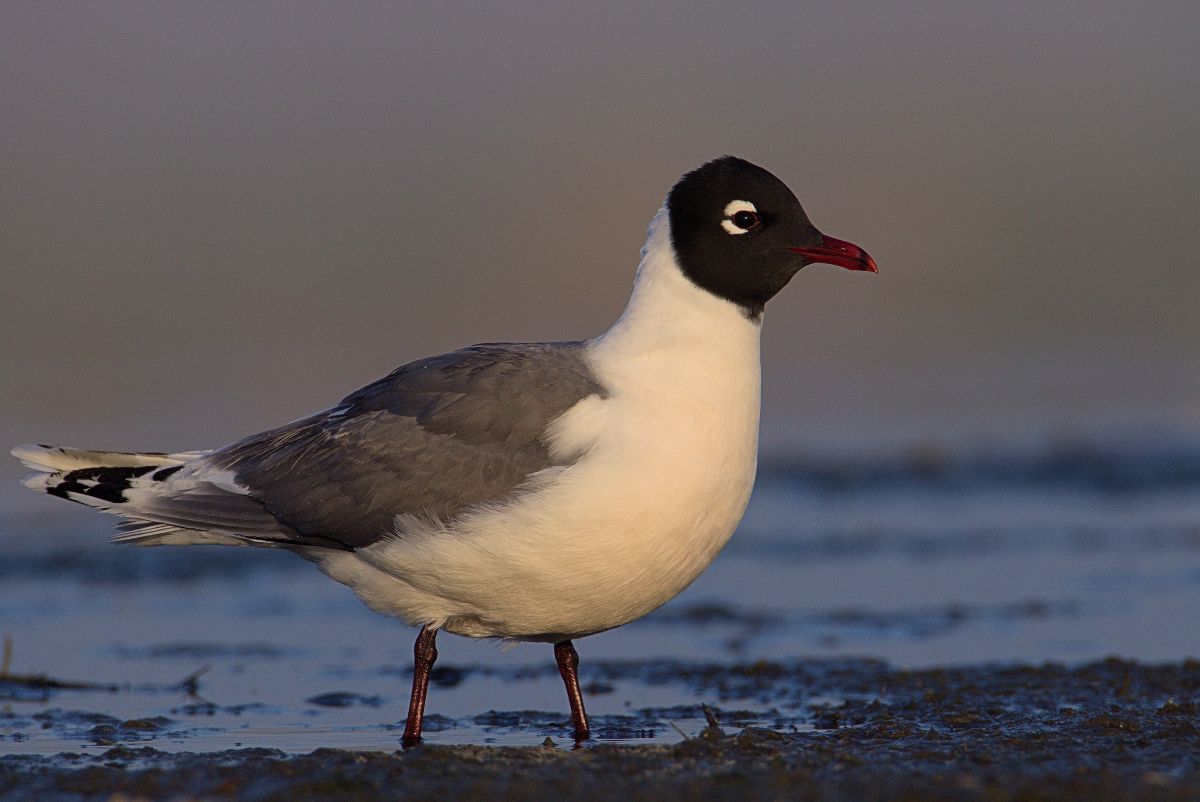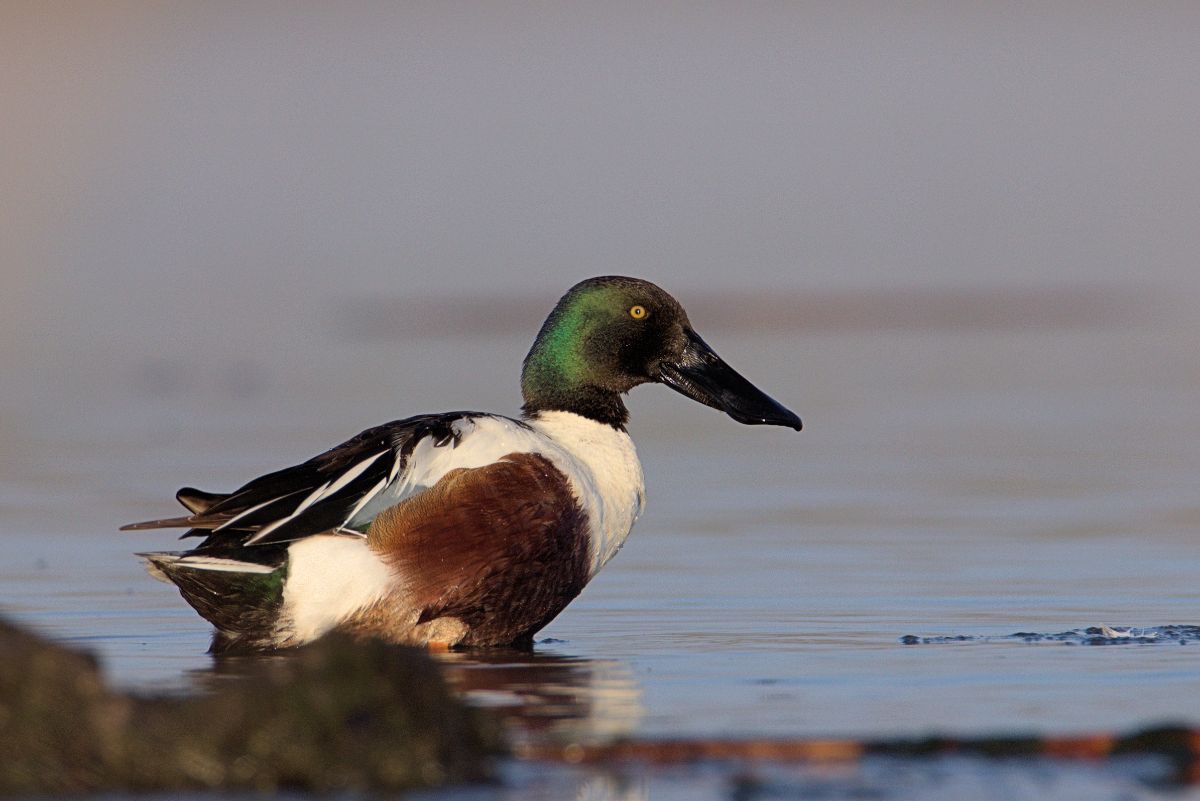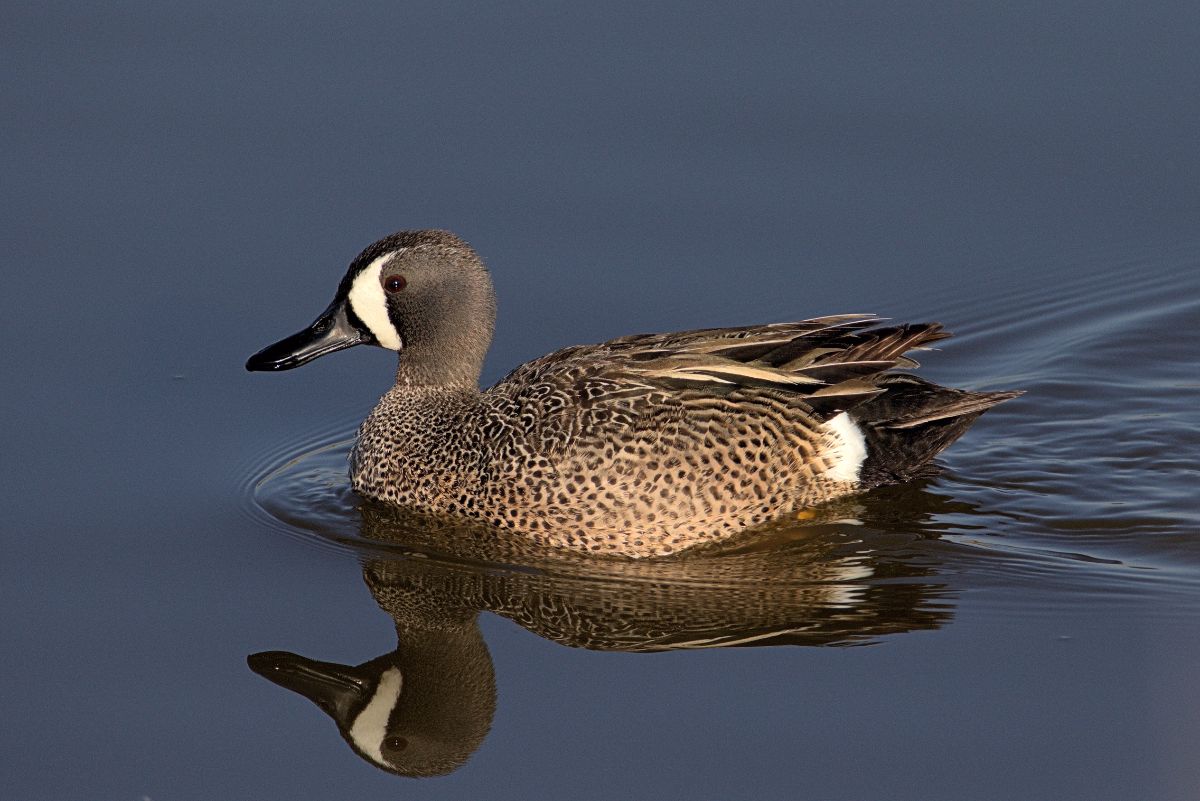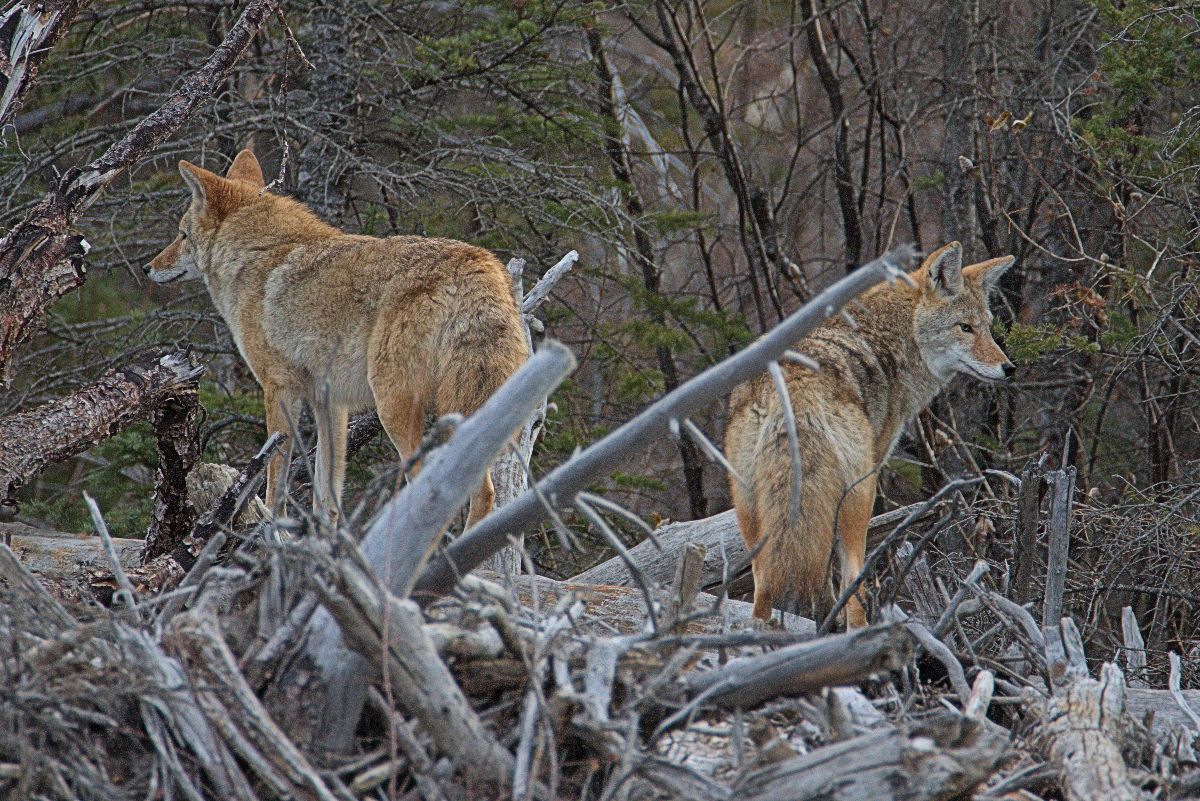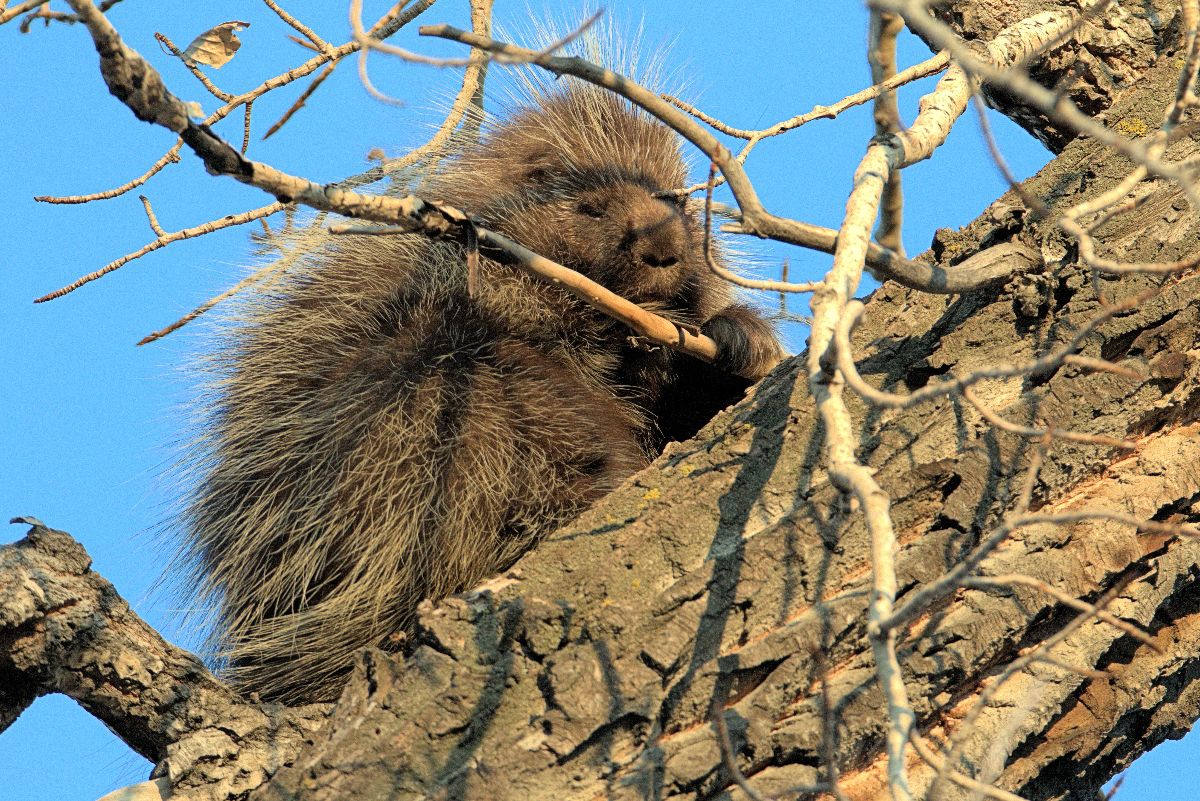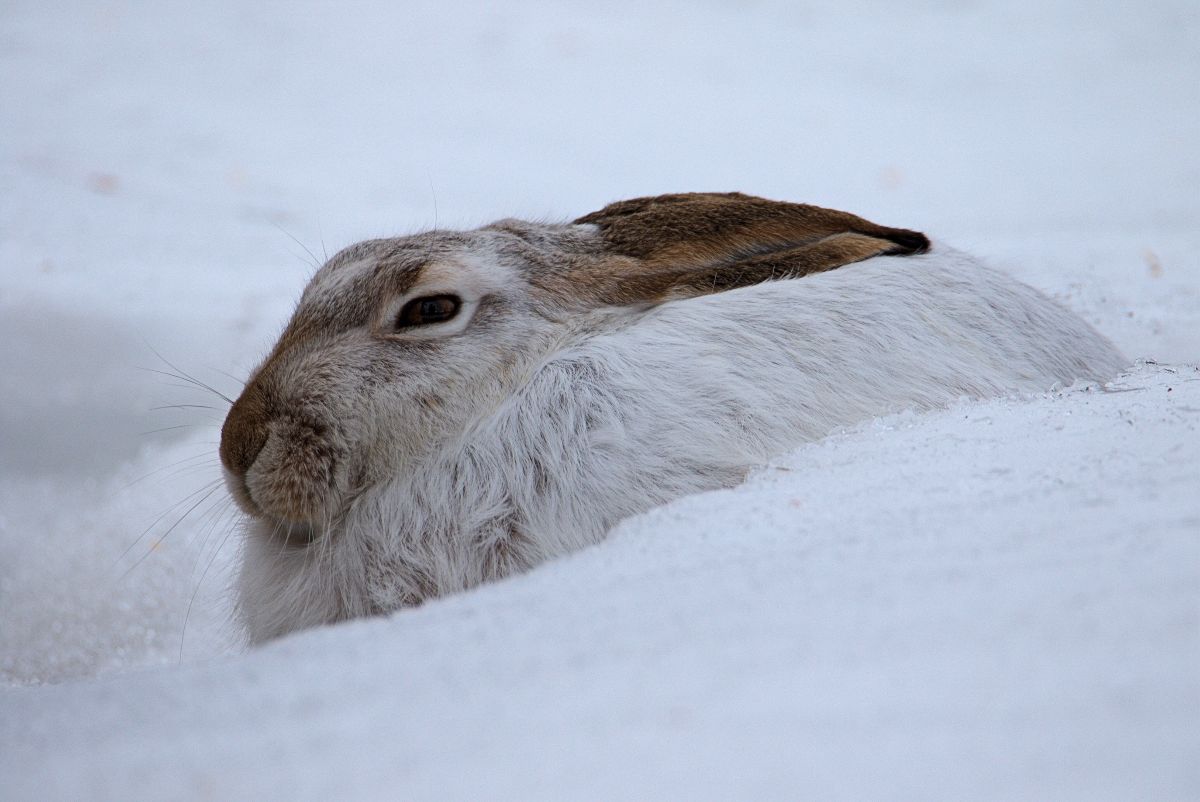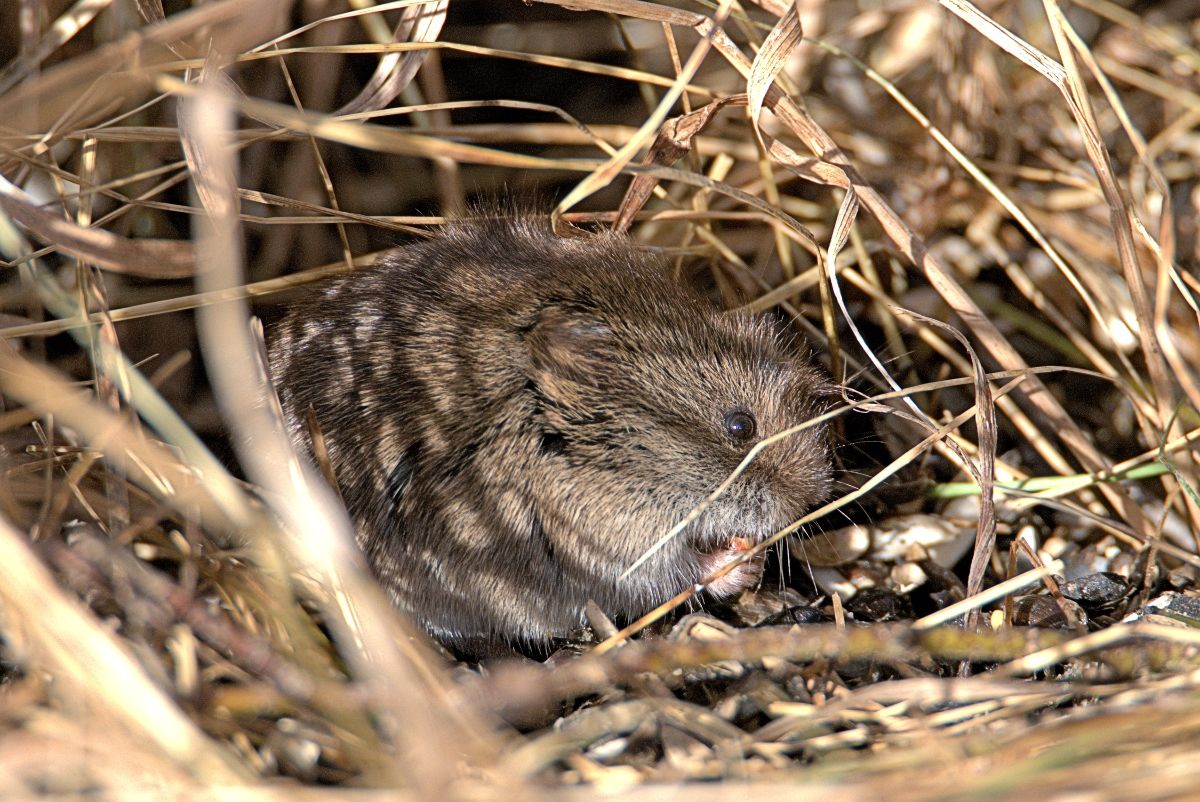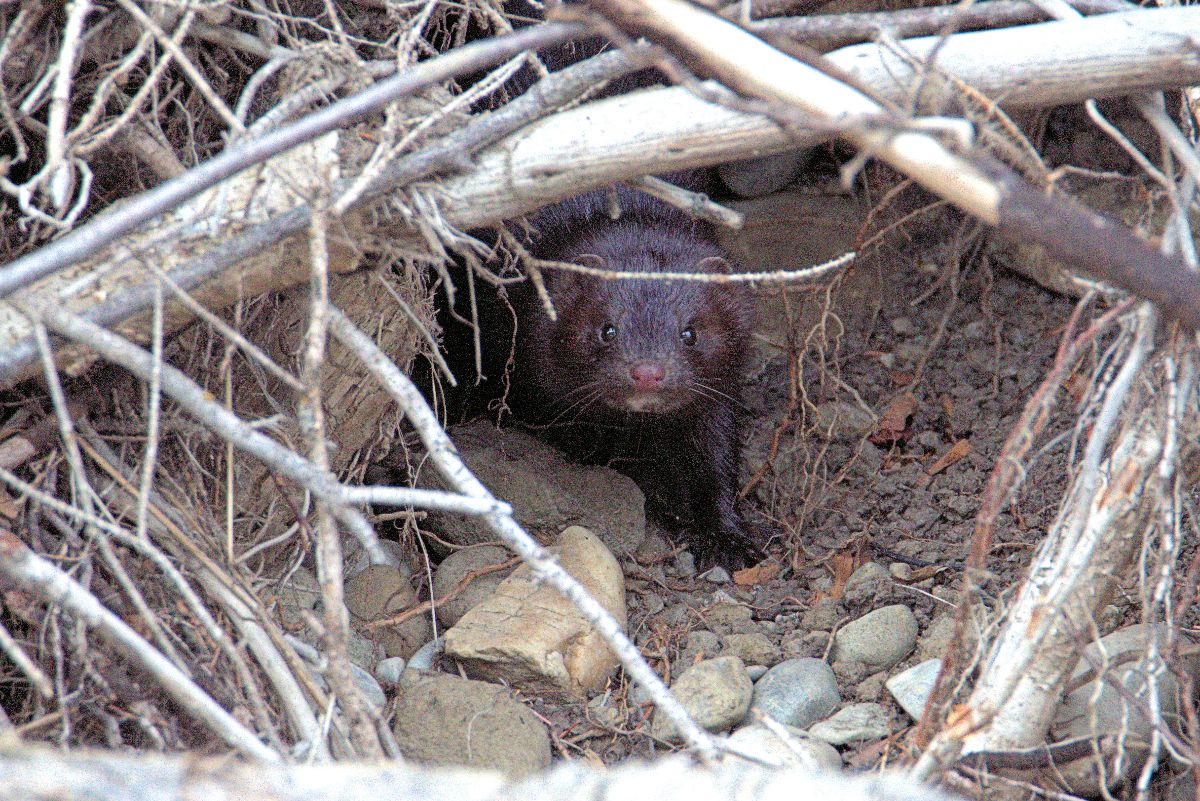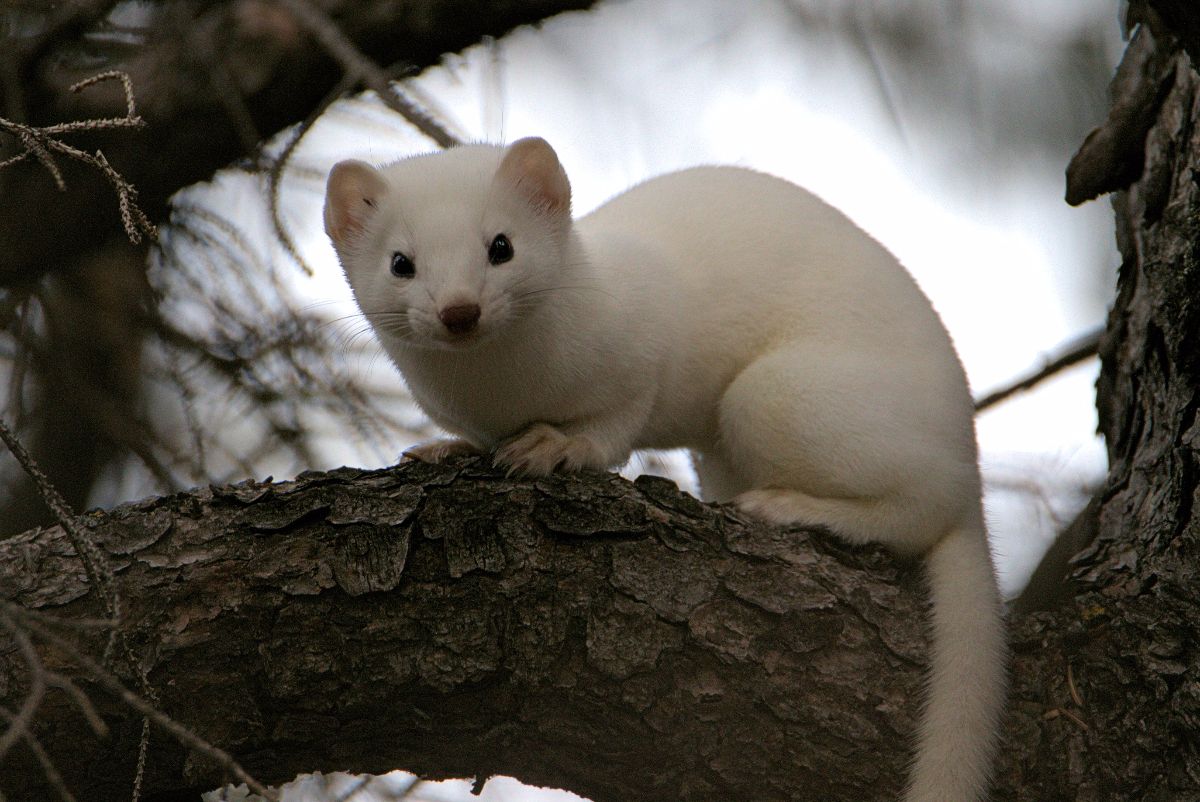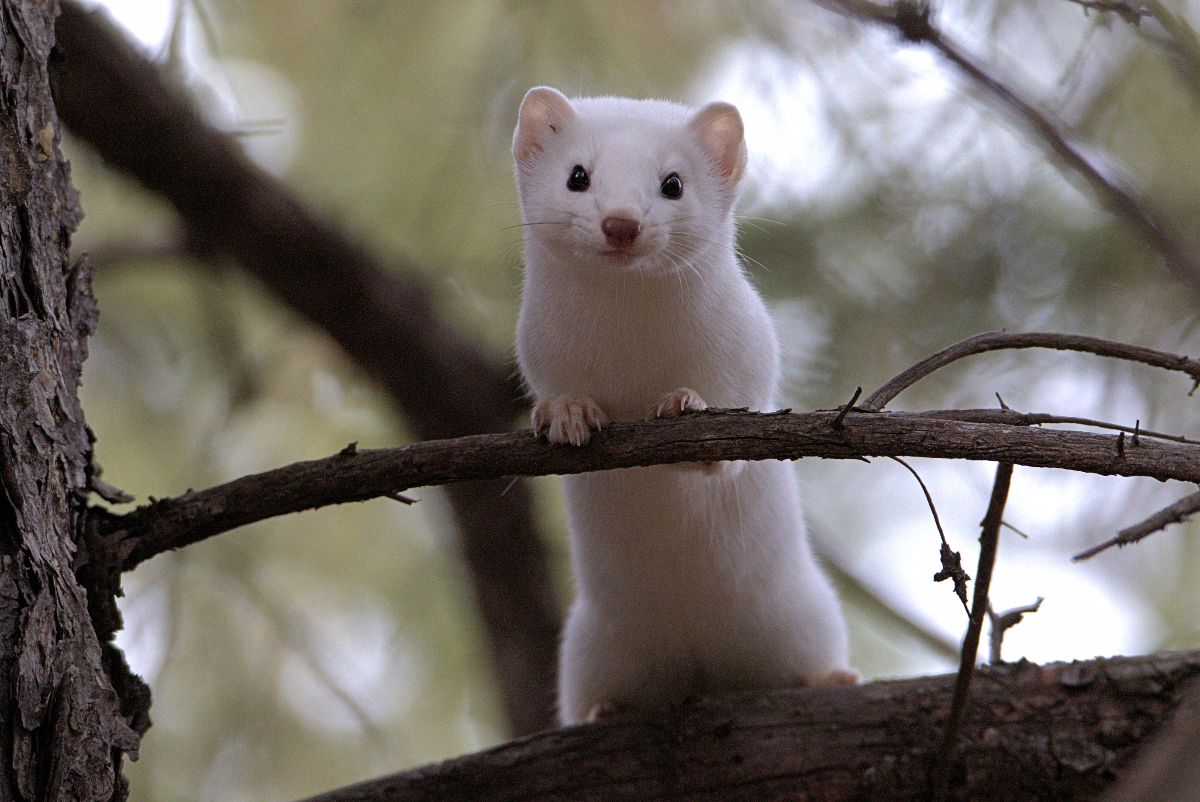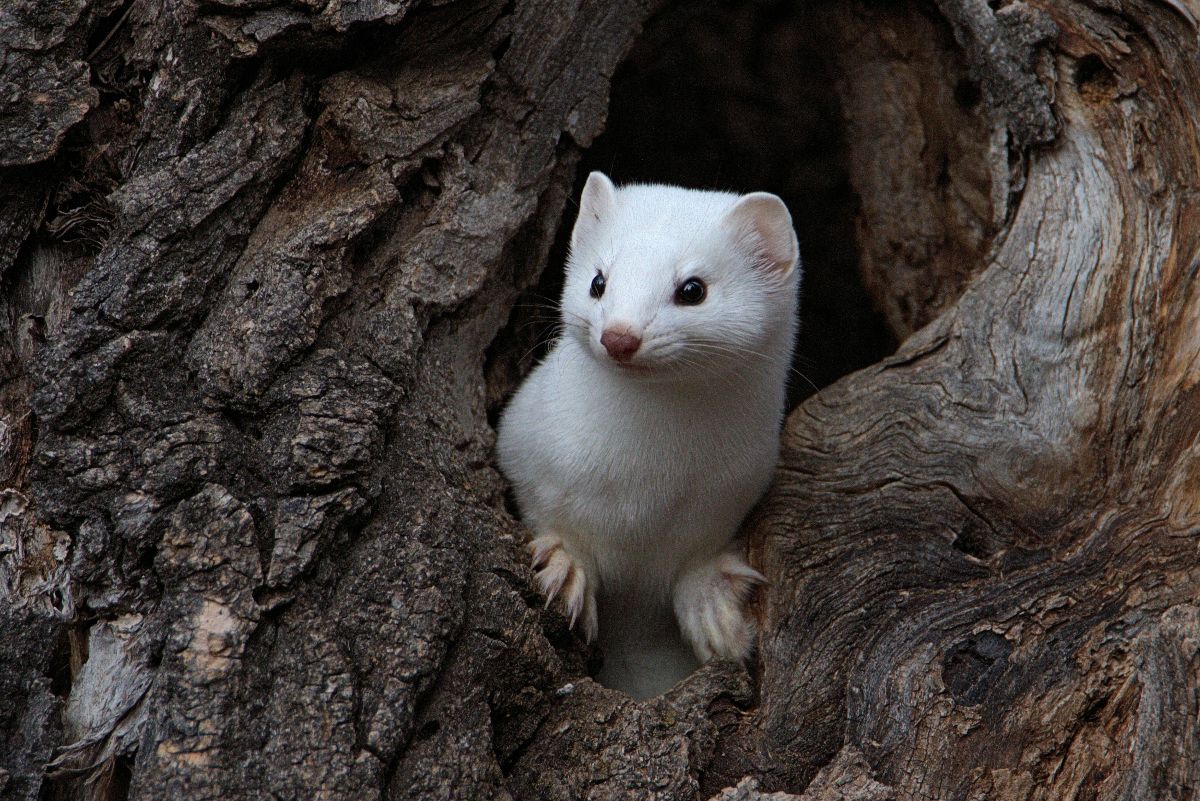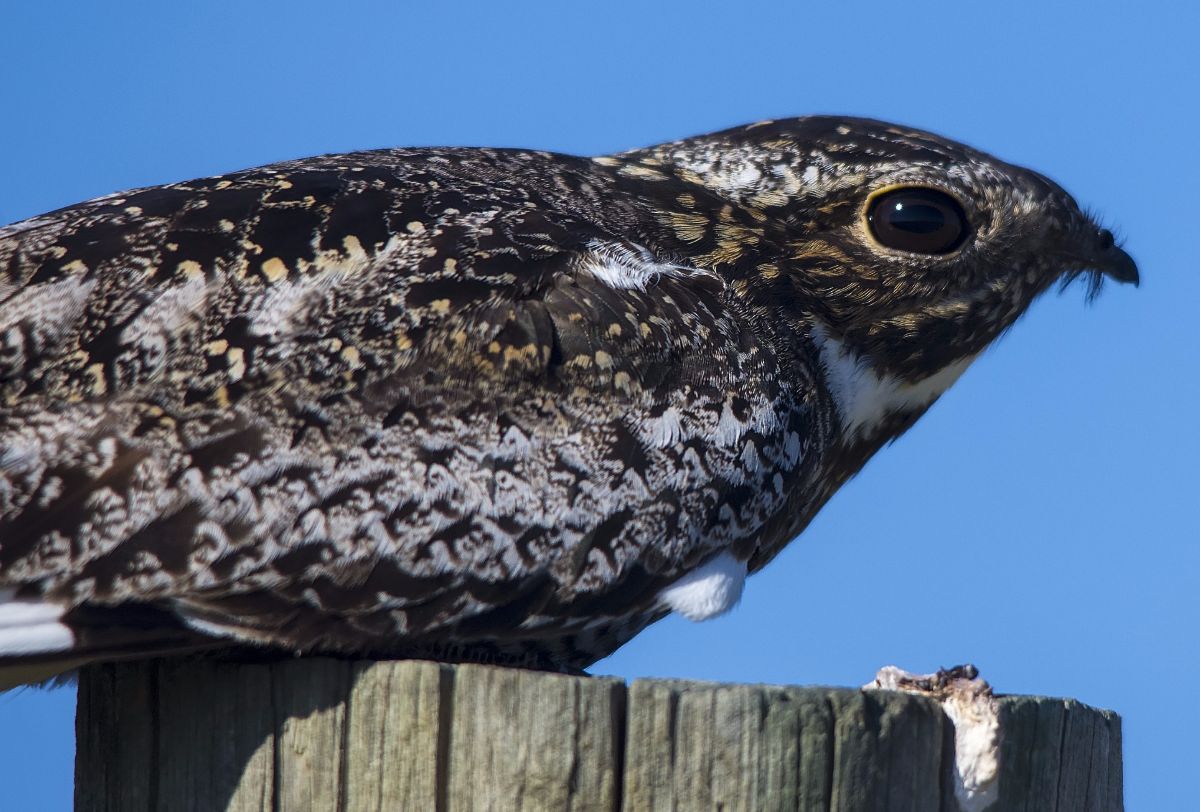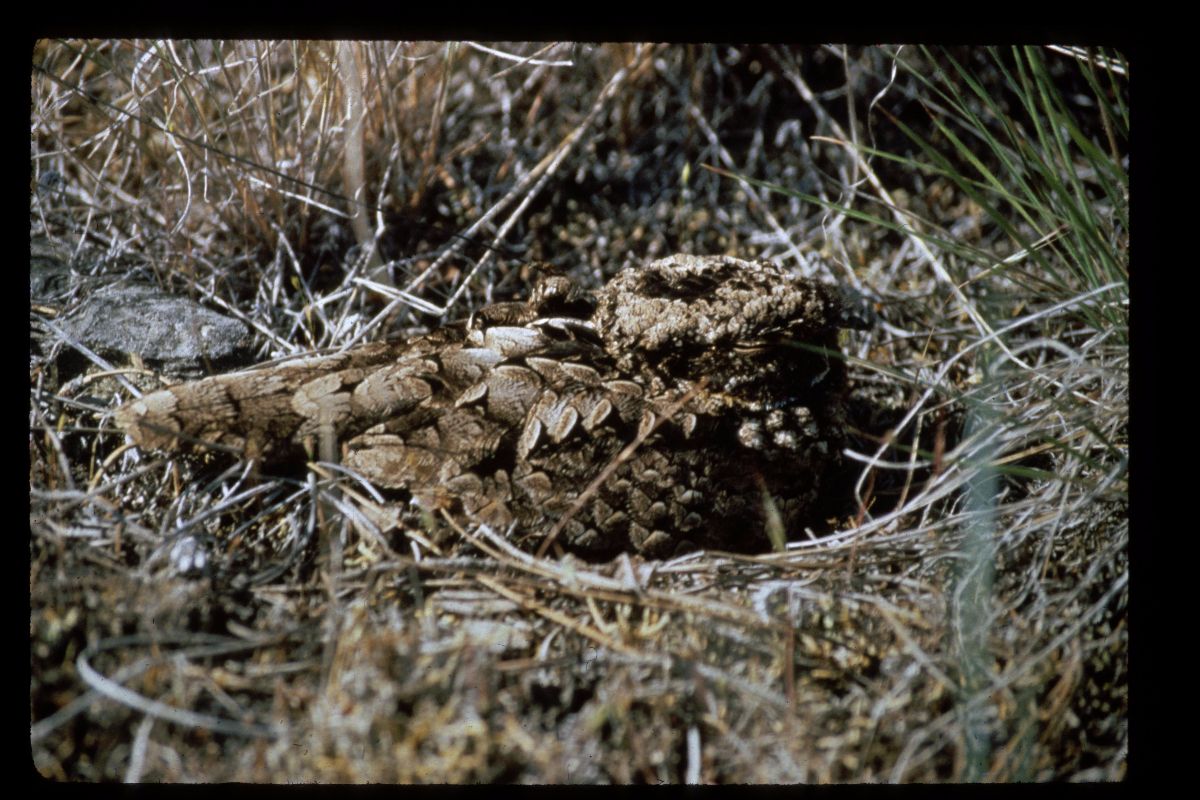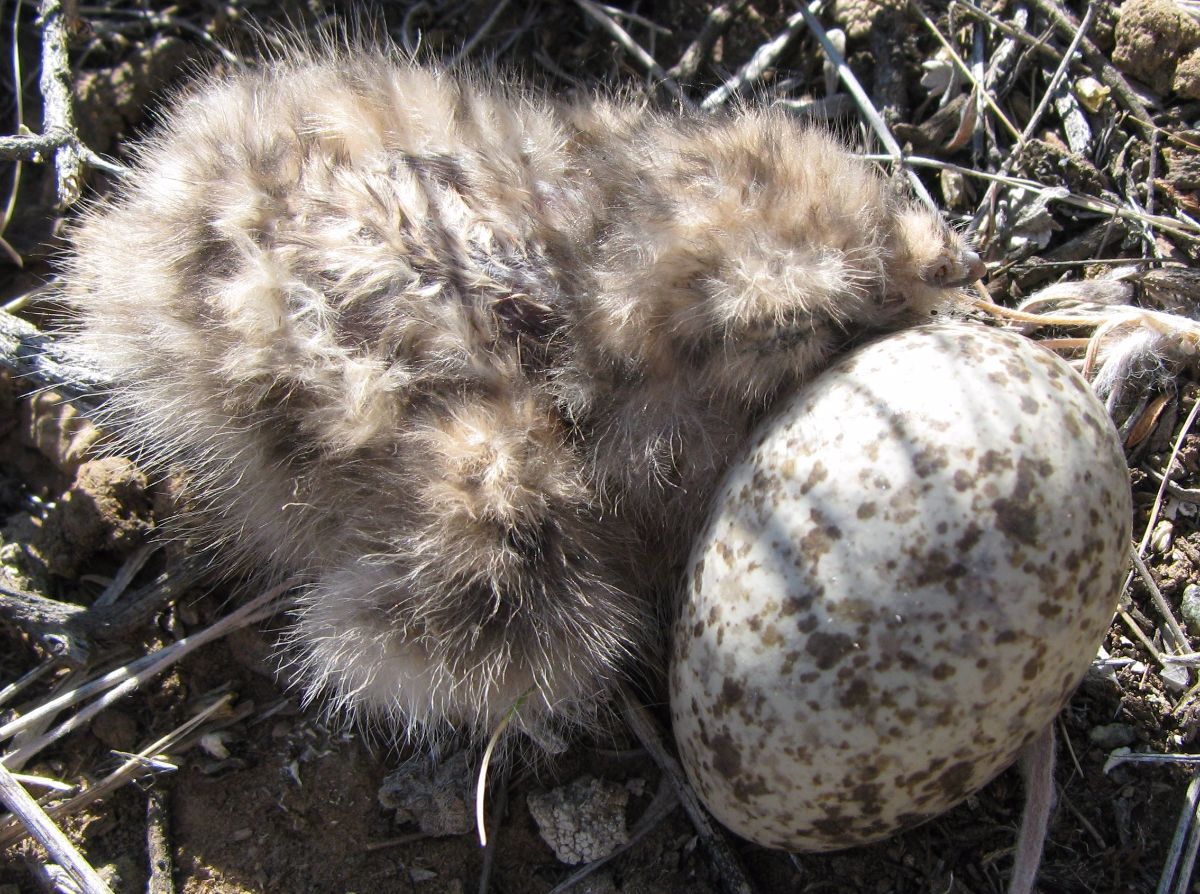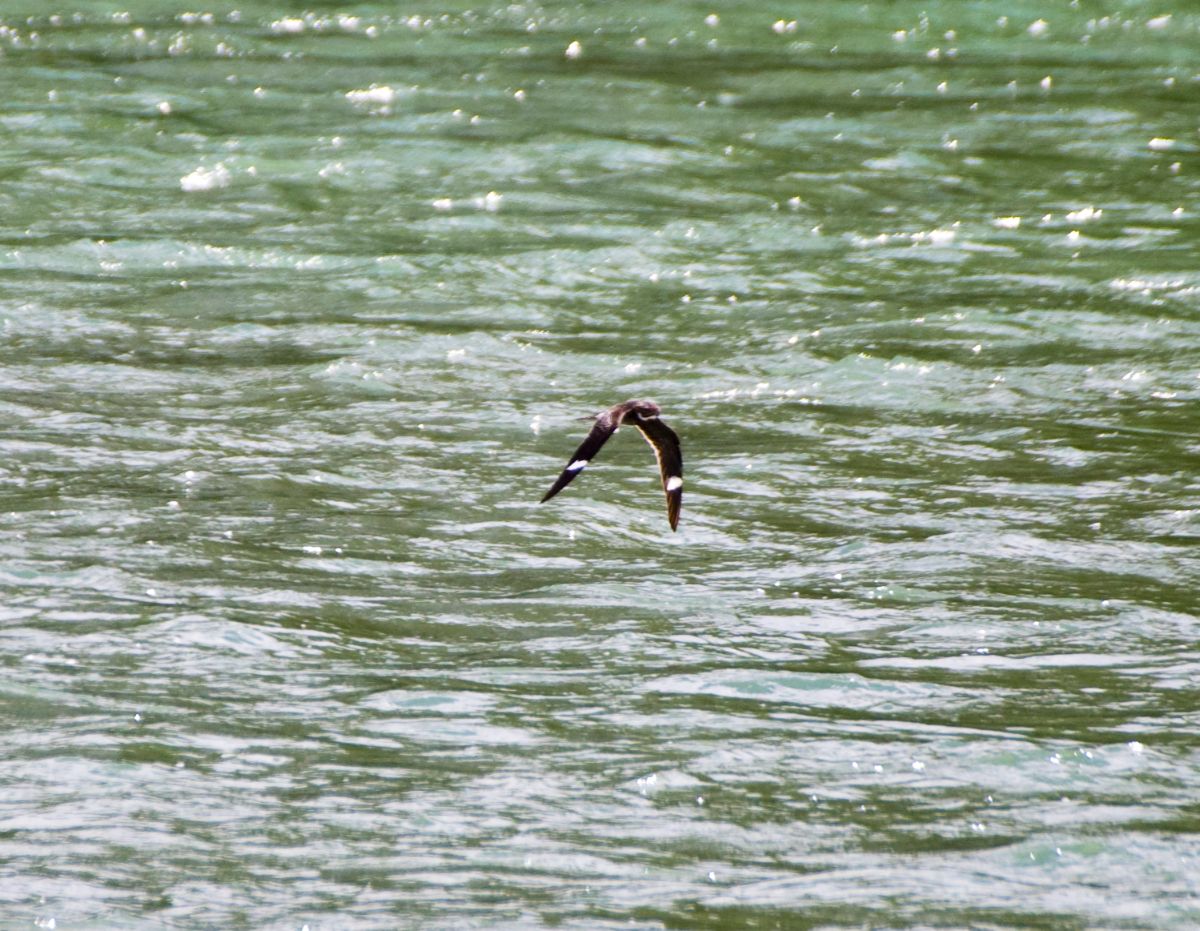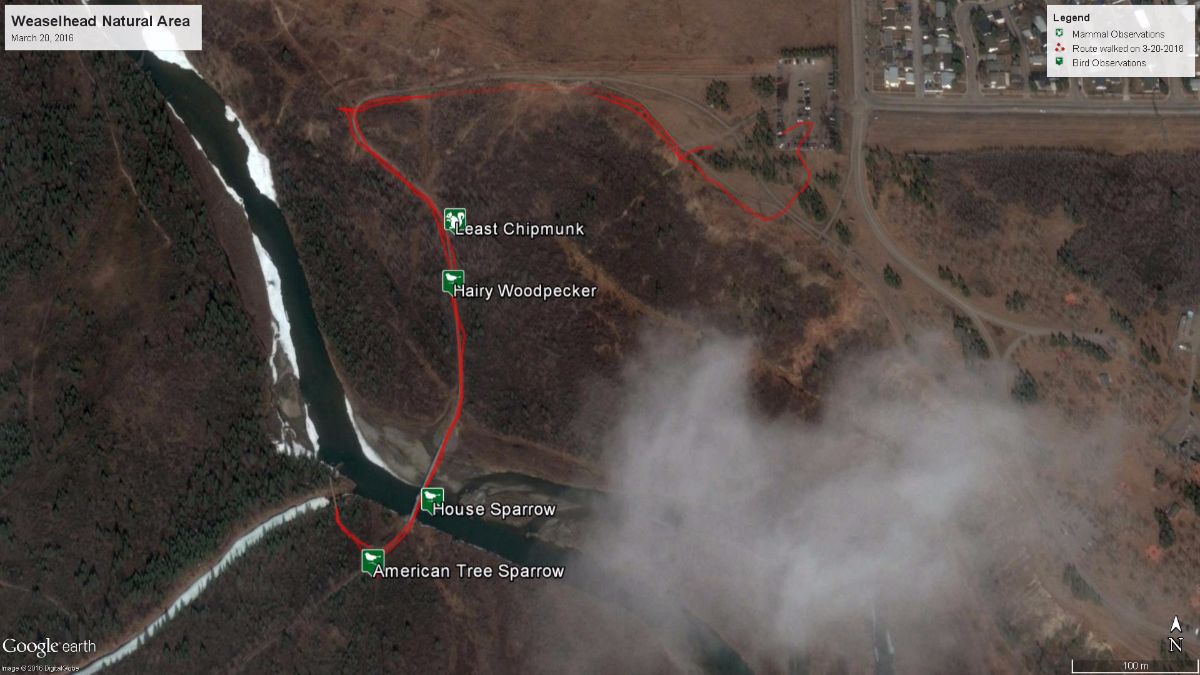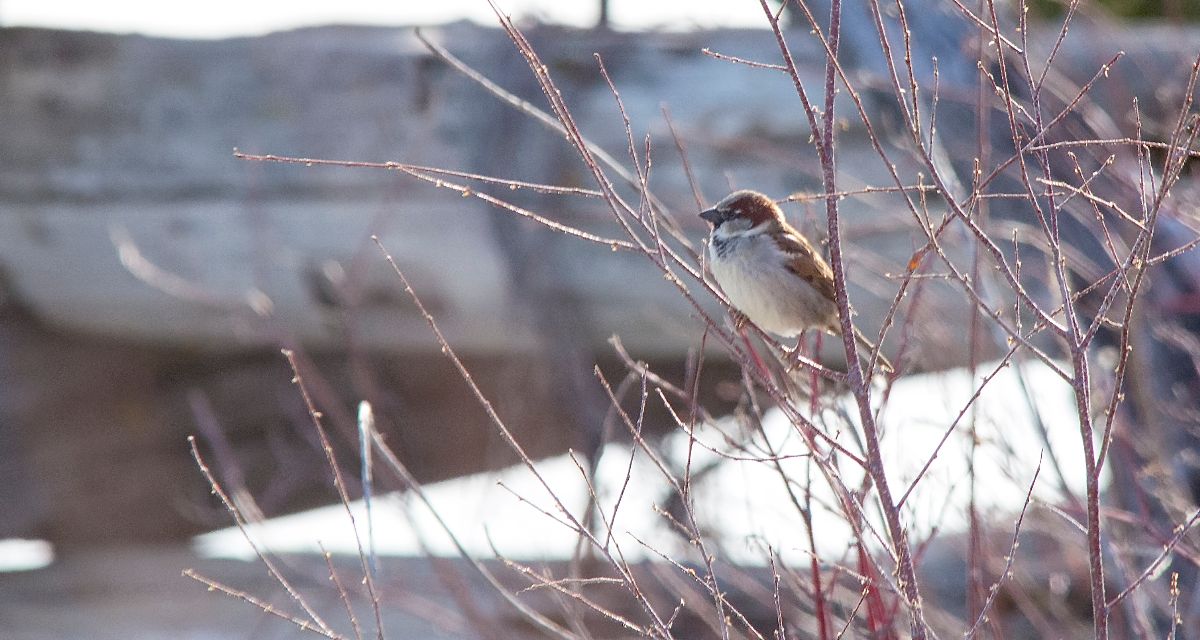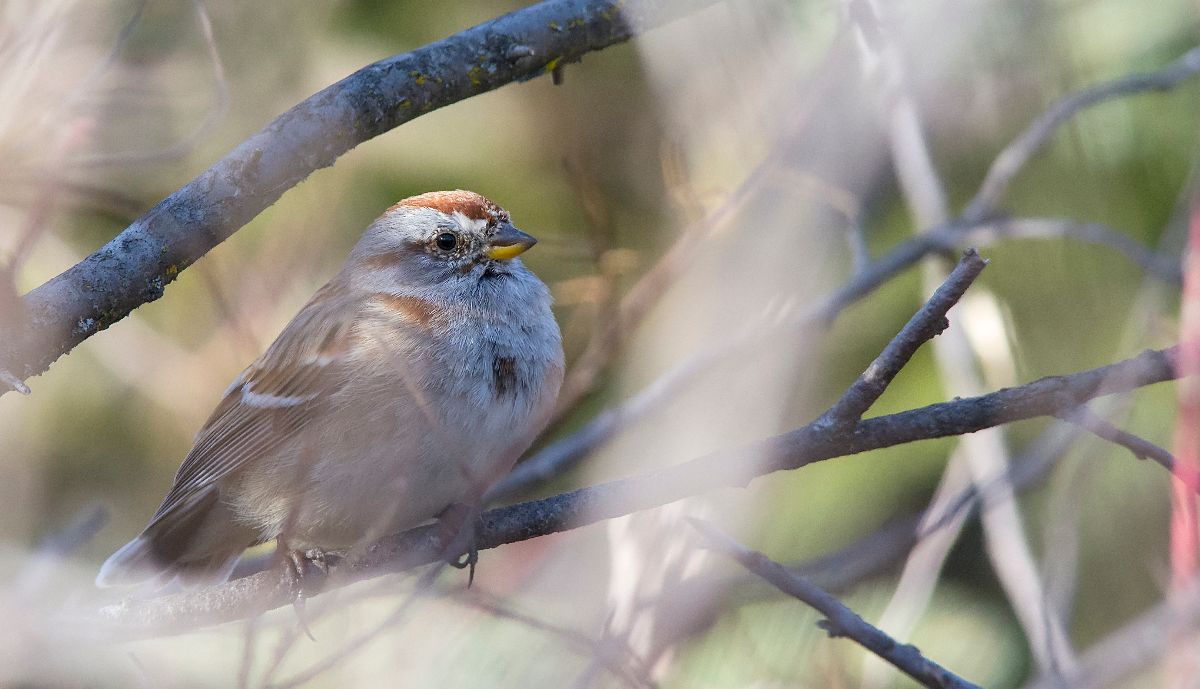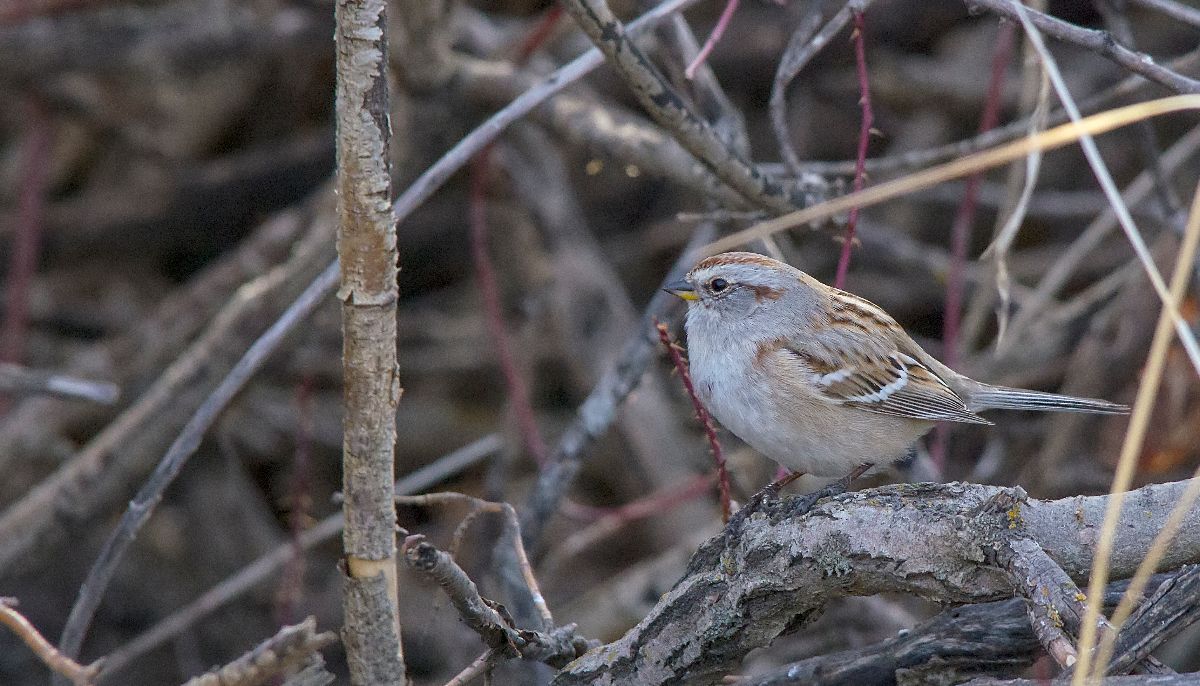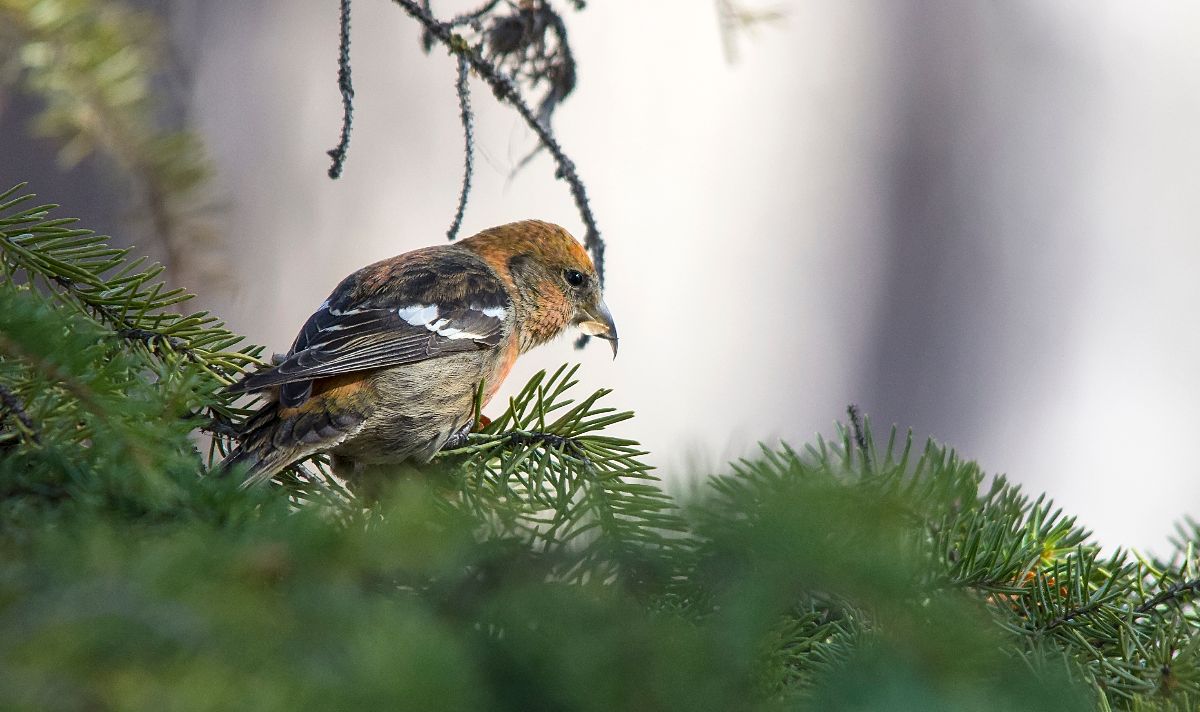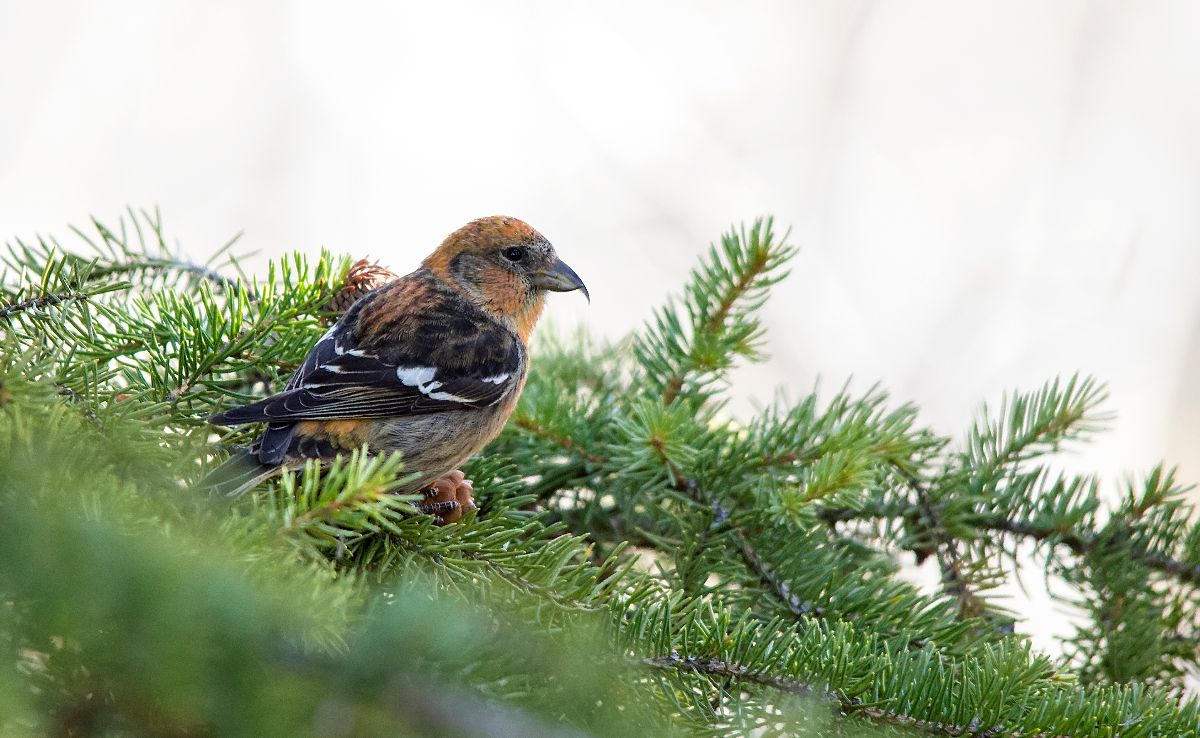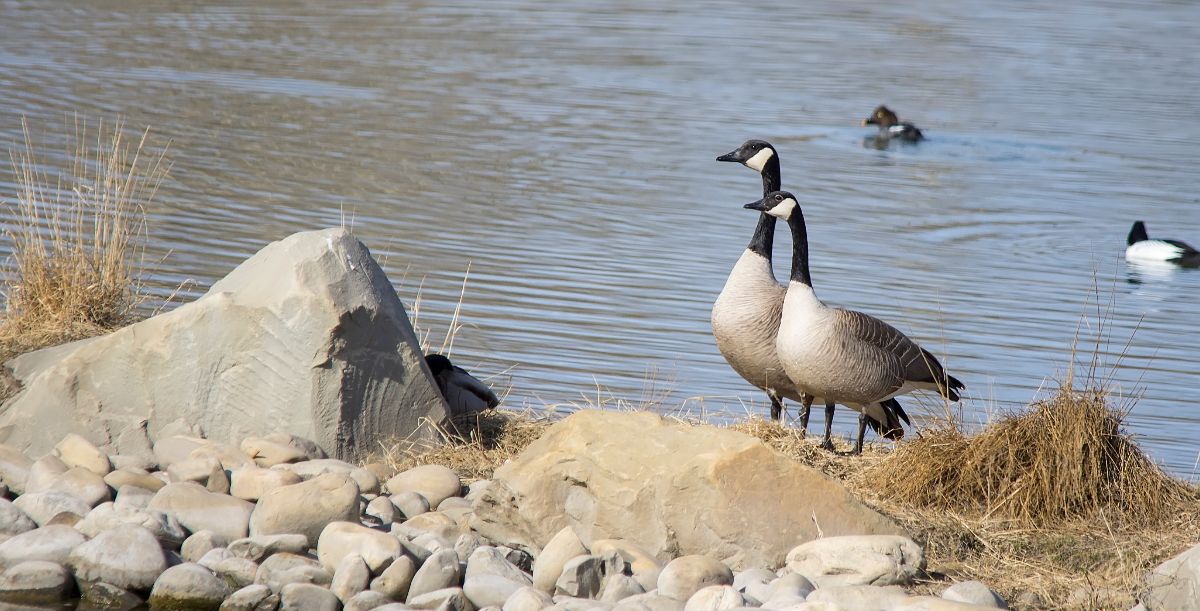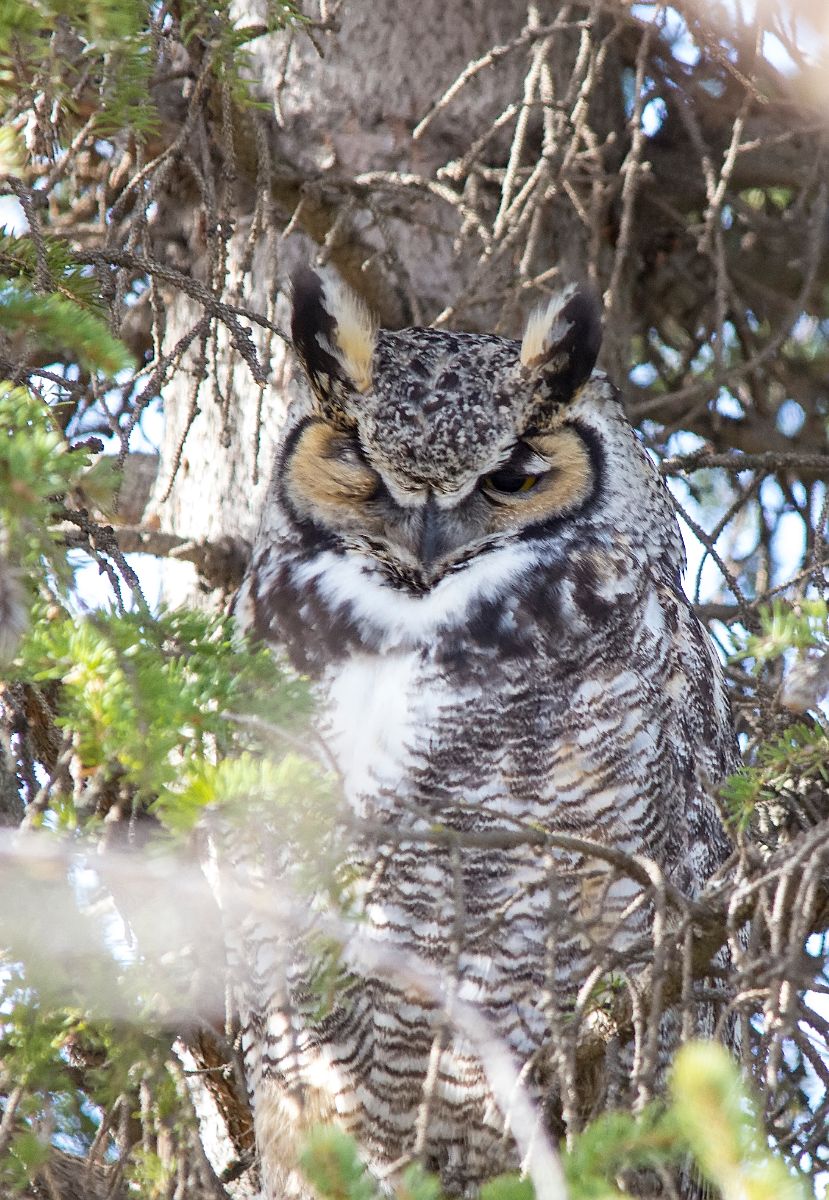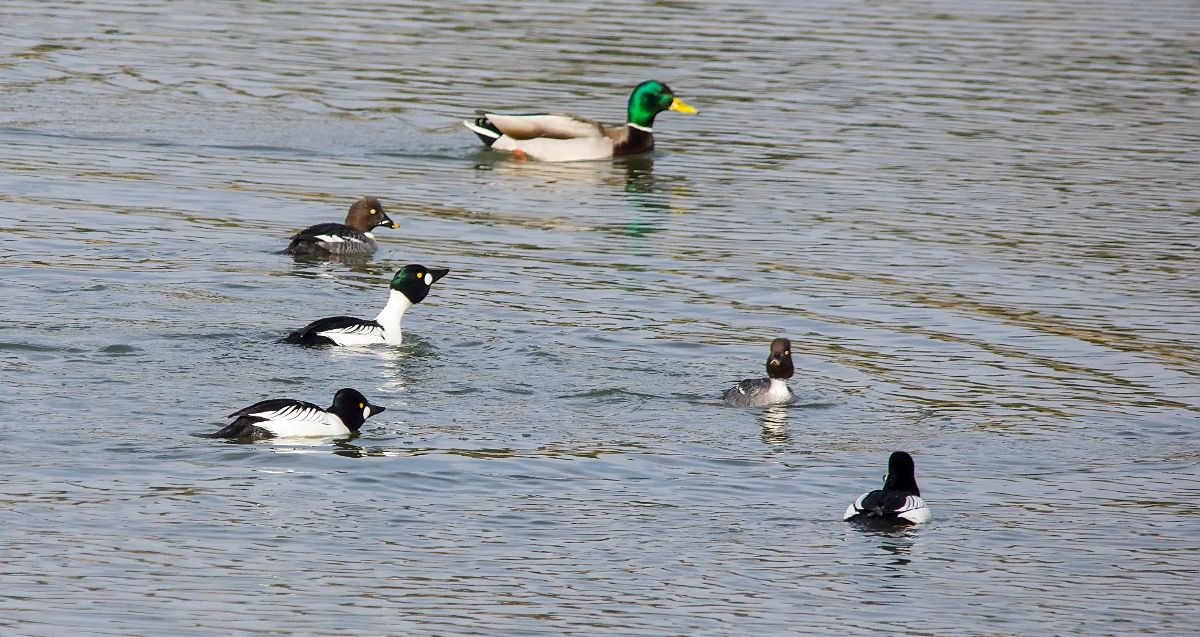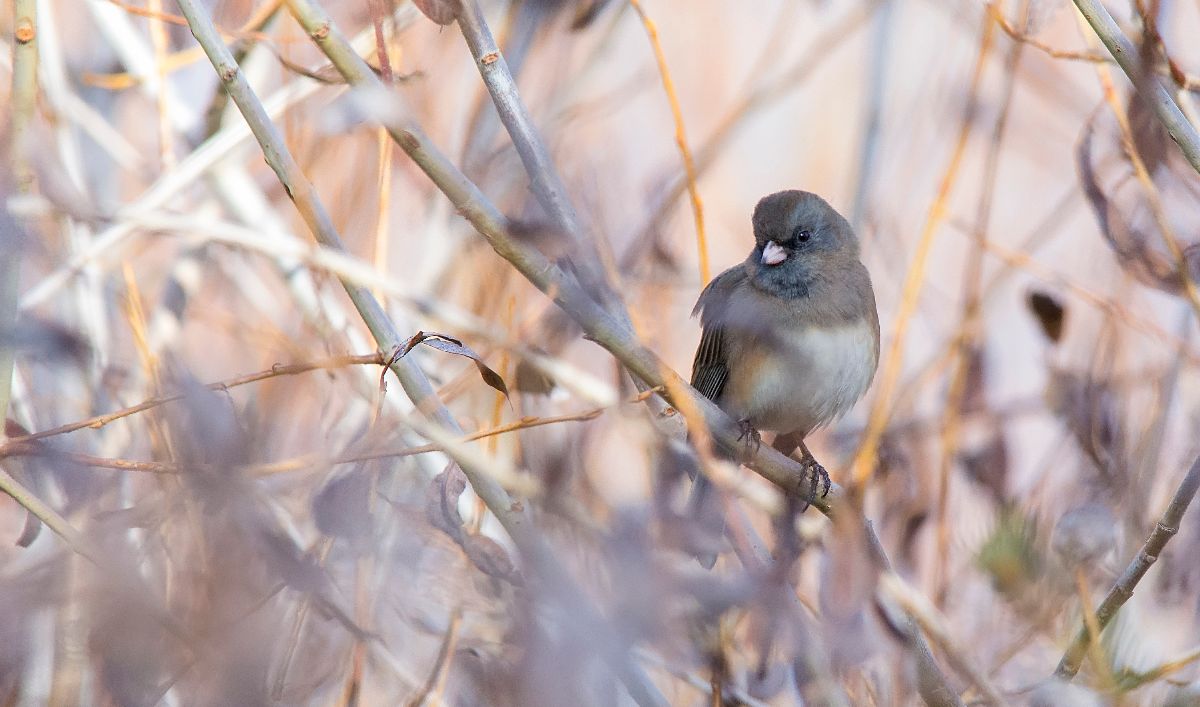Posted by Dan Arndt
Our spring birding sessions started off on a bit of a cooler note than the end of our winter course had been, but even though it was a bit duller and colder, the birds did not disappoint. We repeated our previous outing to the Weaselhead almost exactly, with a visit to North Glenmore Park to scope the reservoir and check on the Great Horned Owls we’d found there in late March.

Weaselhead – April 3, 2016
The feeders seemed a little emptier that week, with most of the Common Redpolls, Pine Grosbeaks, and Pine Siskins having departed, but we did find one lone siskin feeding not at the feeders, but on the budding catkins on the trees bracketing the pathway.
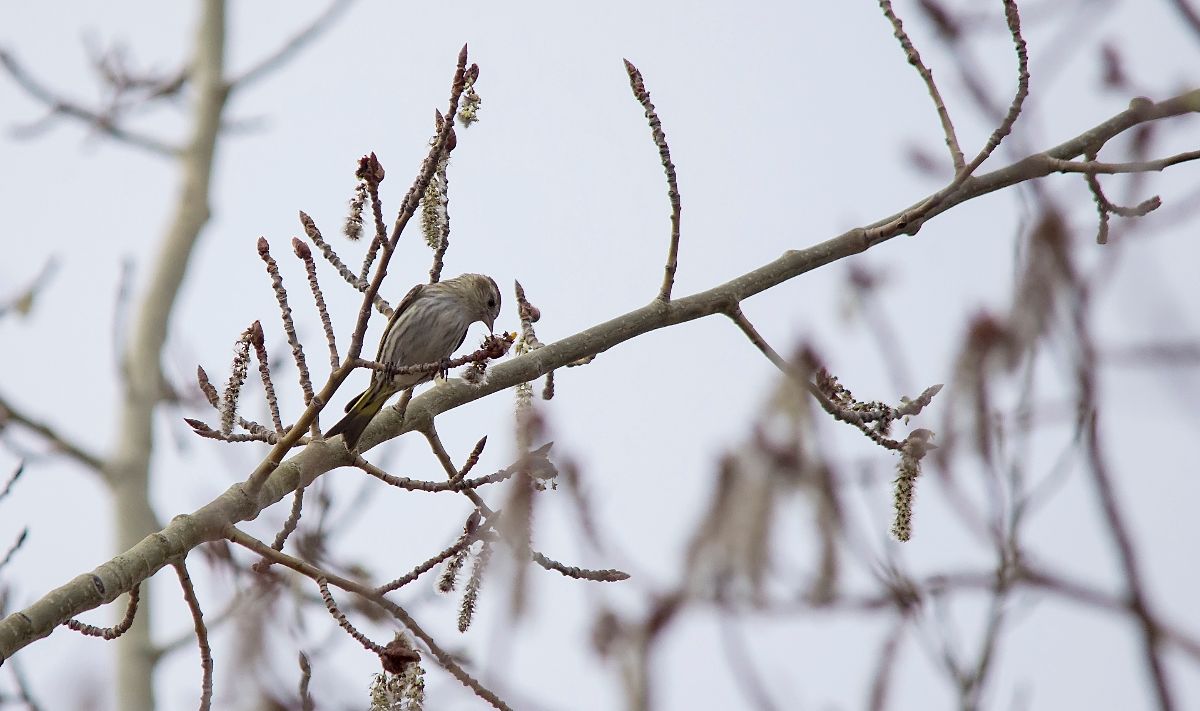
Pine Siskin
[exif id=”15566″]
All the way down the hill and onto the bridge we were hard pressed to see anything nearby, with little rhyme or reason. The usual deluge of dog walkers, runners, and cyclists down into the Weaselhead was much diminished due to the weather, and yet the birds were still strangely absent. We crossed over the bridge and off to the deeper parts of the park when we quite nearly stumbled across this little Snowshoe Hare in the shrubs beside the path.
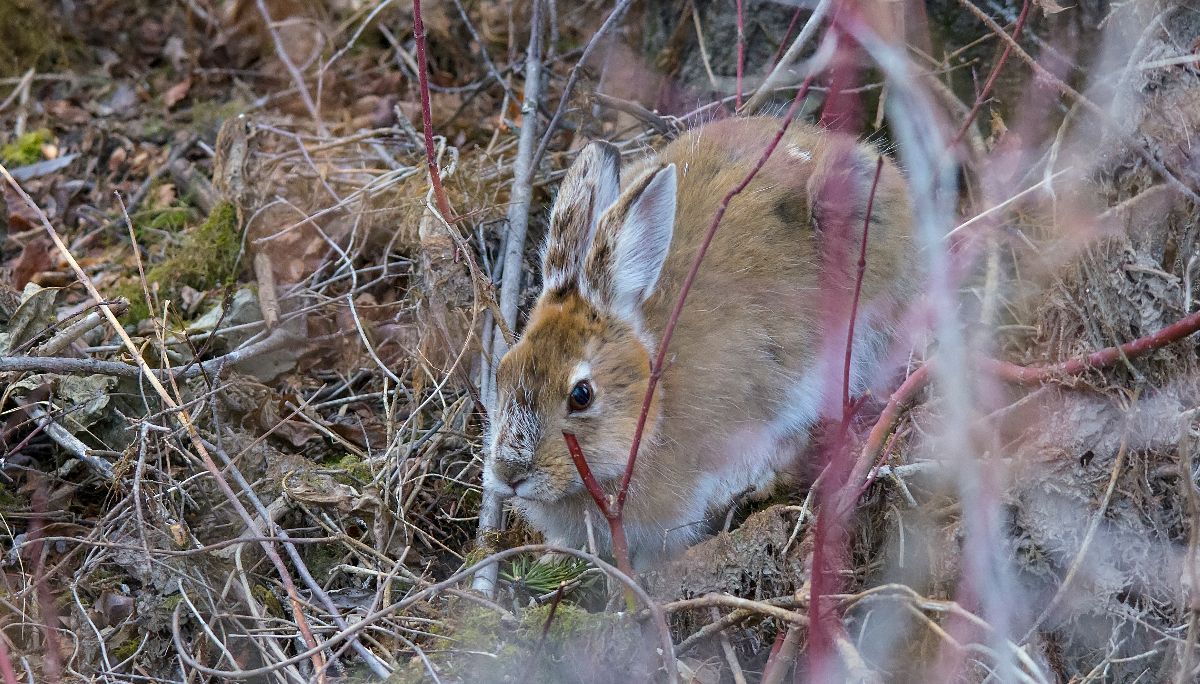
Snowshoe Hare
[exif id=”15554″]
We watched it for a little while while it foraged, seeming not too shy of our presence, but attempting to at least stay a little bit hidden from our direct view. We soon headed off to our usual spot to listen for Boreal Chickadees when we were stopped dead in our tracks by the distant sound of a Ruffed Grouse drumming.
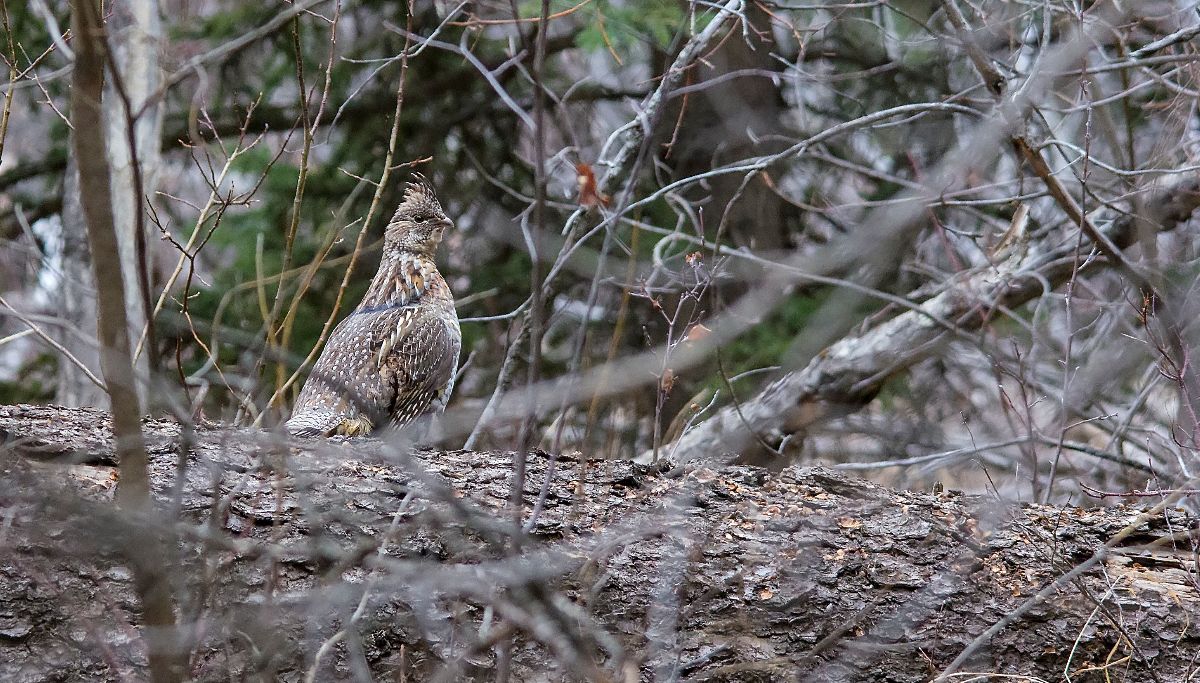
Ruffed Grouse
[exif id=”15555″]
I’d been searching for this particular bird for quite a while, as I had found a few drumming logs that he had been displaying on recently on my last solo trip down here. Drumming logs can generally be identified by numerous piles of grouse scat on them, often around an area on the log where the bark has been stripped away. We caught sight of him about a forty meters away, and paused to let him get comfortable with our presence. Sure enough, when he was calm enough, he began his display once again.
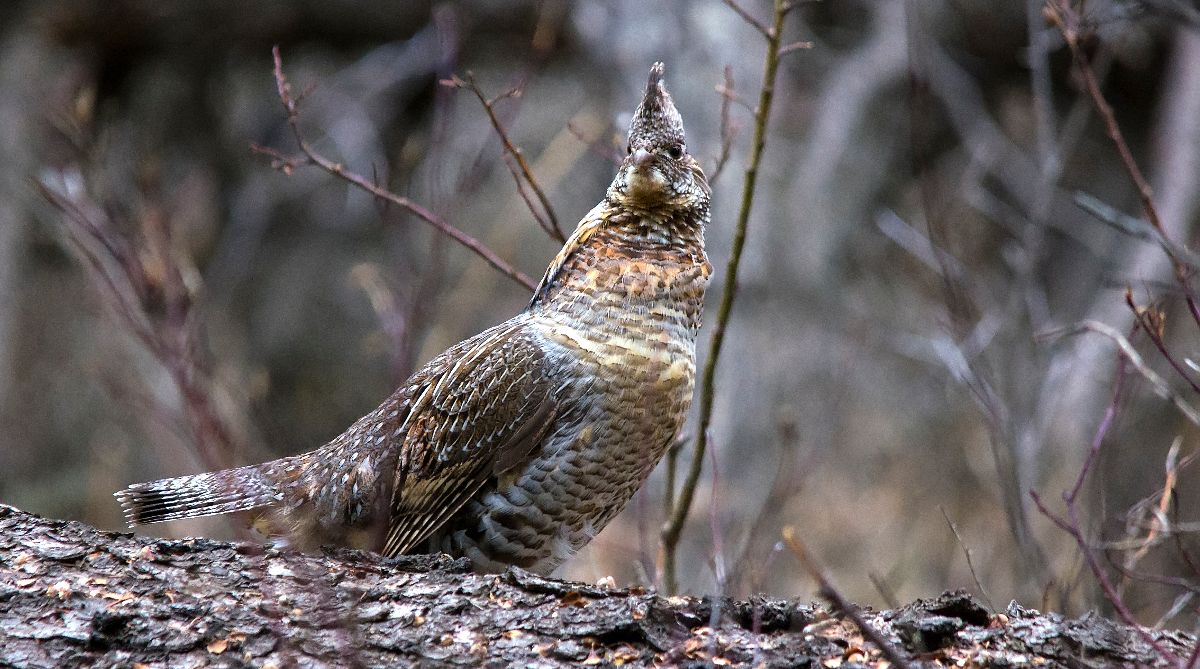
Ruffed Grouse
[exif id=”15558″]
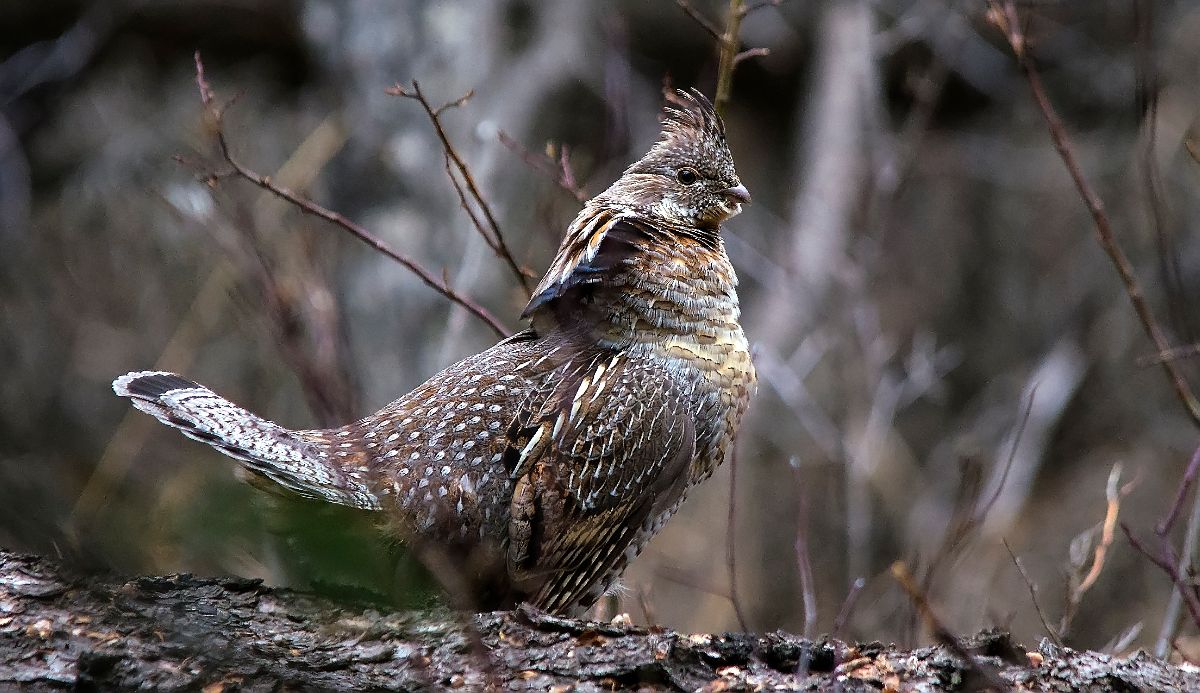
Ruffed Grouse displaying
[exif id=”15557″]

Ruffed Grouse drumming
[exif id=”15556″]
Once we were satisfied that we’d all had a good view of his displays, we moved on and let him get back to wooing his grousettes (I’m sure that’s the technical term for it… or maybe it’s hens? I’ll stick with grousettes.) Again, the trees were quiet, and the activity was at a bit of a lull, but as birding often goes, sometimes its those quiet days that give the best experiences!
We did manage to catch a flock of Trumpeter Swans flying west off the Glenmore Reservoir just as we entered a clearing. Lucky for us!
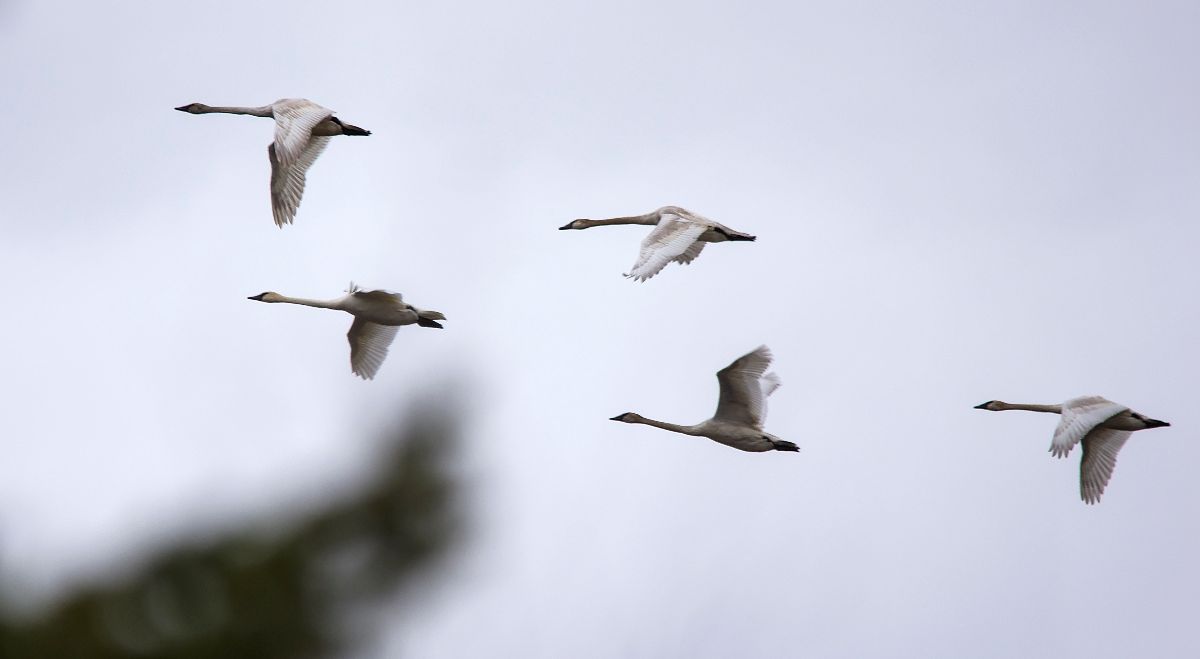
Trumpeter Swans
[exif id=”15560″]
Back to the bridge we went again, and sure enough, our little Snowshoe Hare friend was feeding on the edge of the creek, this time a little bit bolder!
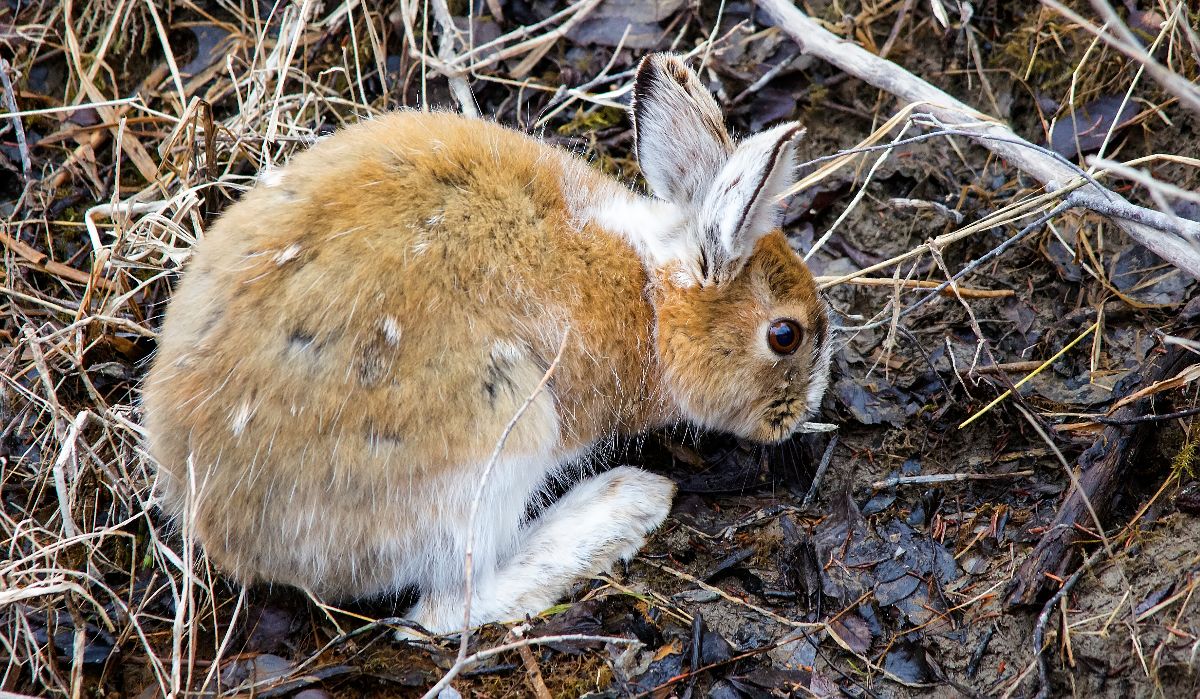
Snowshoe Hare
[exif id=”15568″]
Since we had a few things to check out up at the top of the hill, we decided to bee-line it back to the parking lot to check out the ponds at North Glenmore Park. Along the way though, we did find a couple little highlights to the day.
This Red Squirrel was caught red-pawed at the exact same feeder we had seen a Least Chipmunk feeding from just a few weeks prior. It seems this bird feeder is the preferred site for rodent sightings!
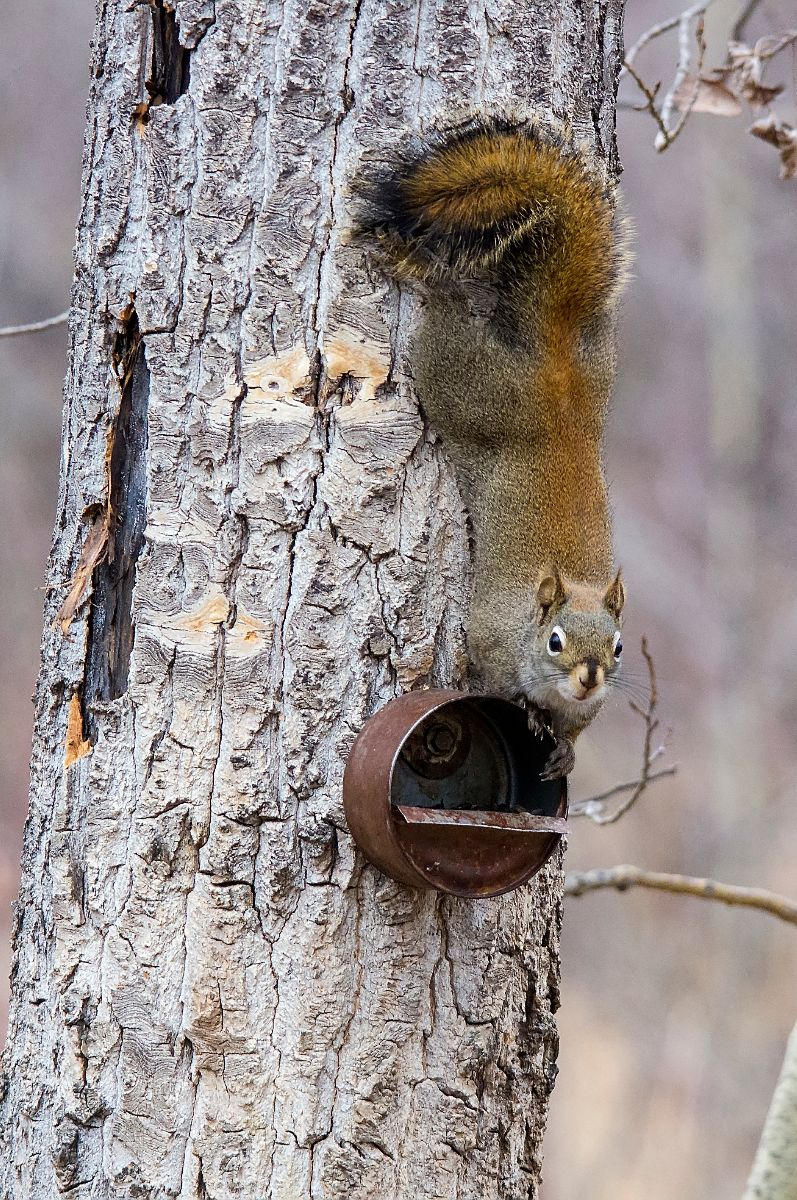
Red Squirrel
[exif id=”15562″]
Near the top of the hill, we also came across this American Robin singing away from near the top of a budding aspen.
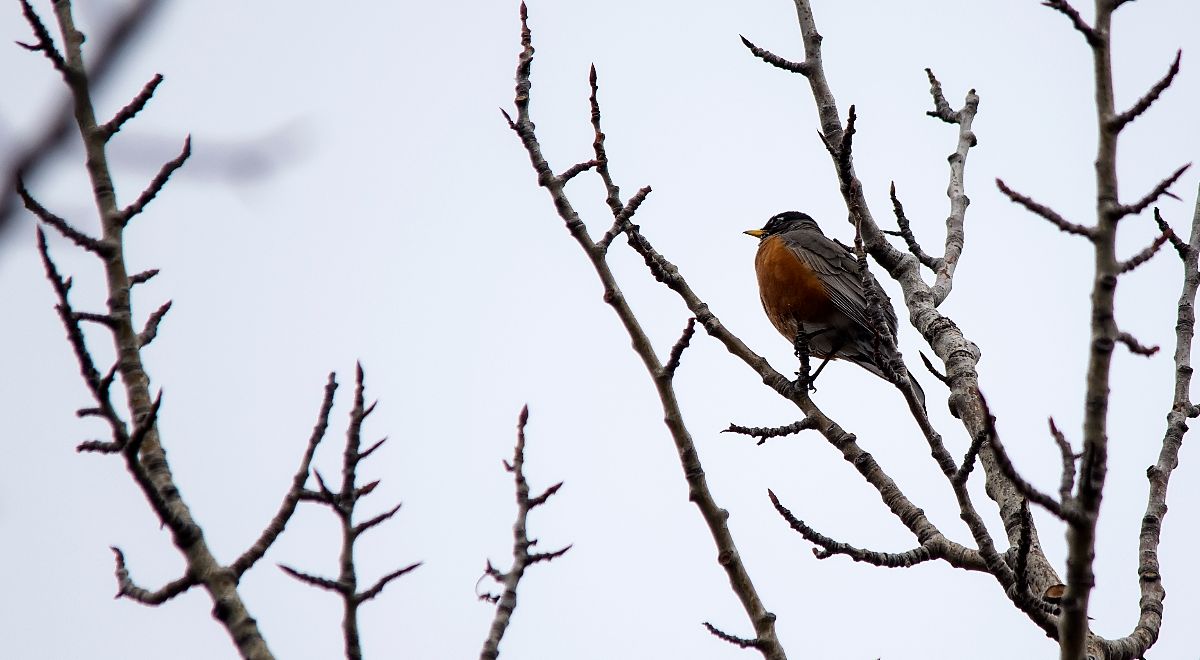
American Robin
[exif id=”15561″]
Back at North Glenmore Park, we found the proud papa Great Horned Owl resting peacefully with his mate nearby. No babies were visible yet, but soon enough those eggs would hatch and become some of the most adorable little fluff balls you’d ever see!
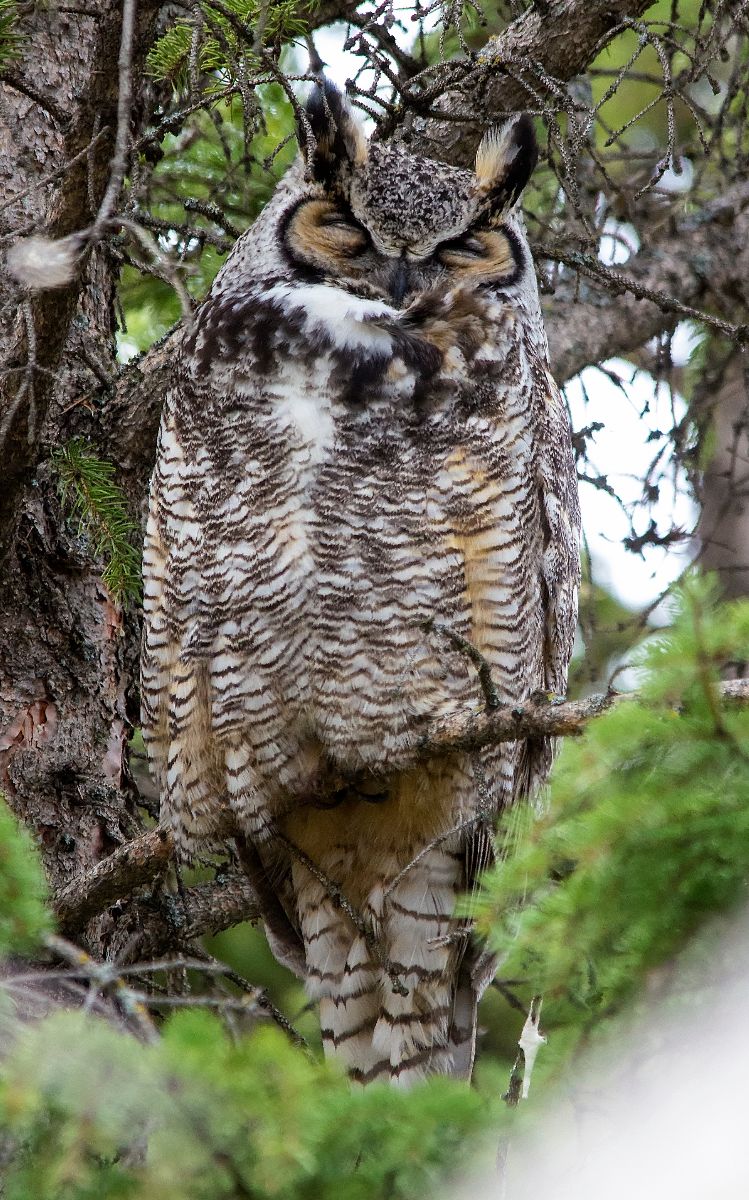
Great Horned Owl
[exif id=”15563″]
And finally we took a few minutes to scan the Glenmore Reservoir, and boy was I glad we did! Far out on the reservoir one of the common perches for gulls and swallows were four species of gulls, and one of those was our first of the year. Lined up nicely were a California Gull (far left), a couple of Ring-billed Gulls, a Franklin’s Gull, and on the far right was a Herring Gull. It’s too bad these guys were so far off, because they sure were a nice sight to see after our slow day!
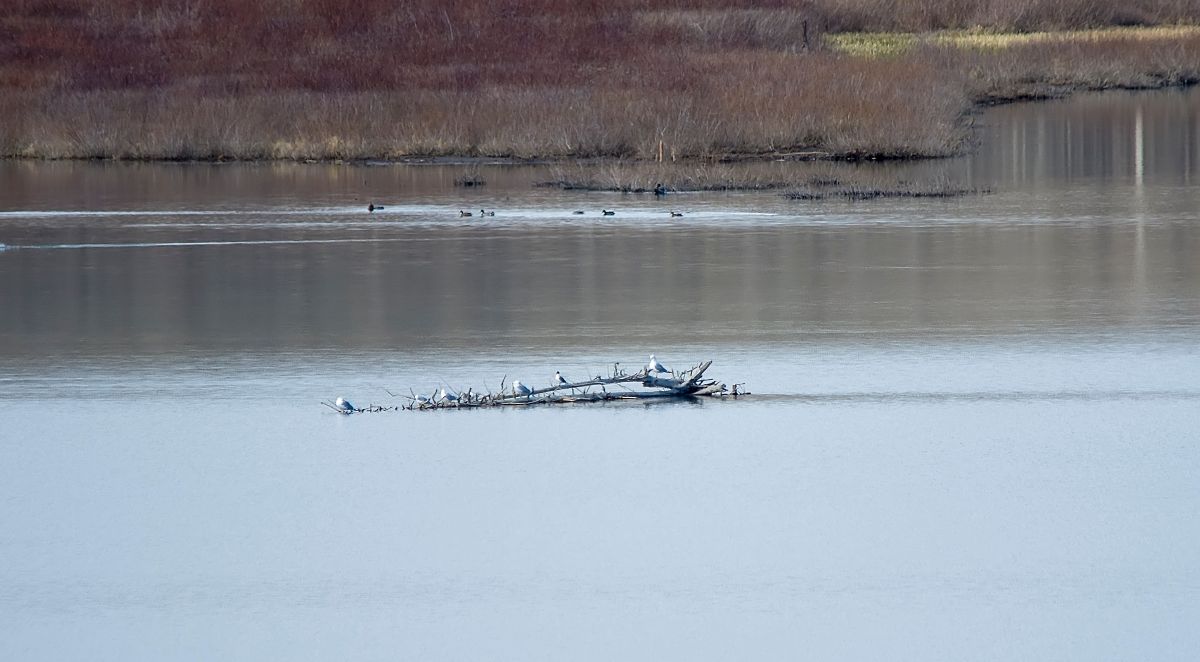
Gulls on a log
[exif id=”15565″]
Have a great week, and good birding!
